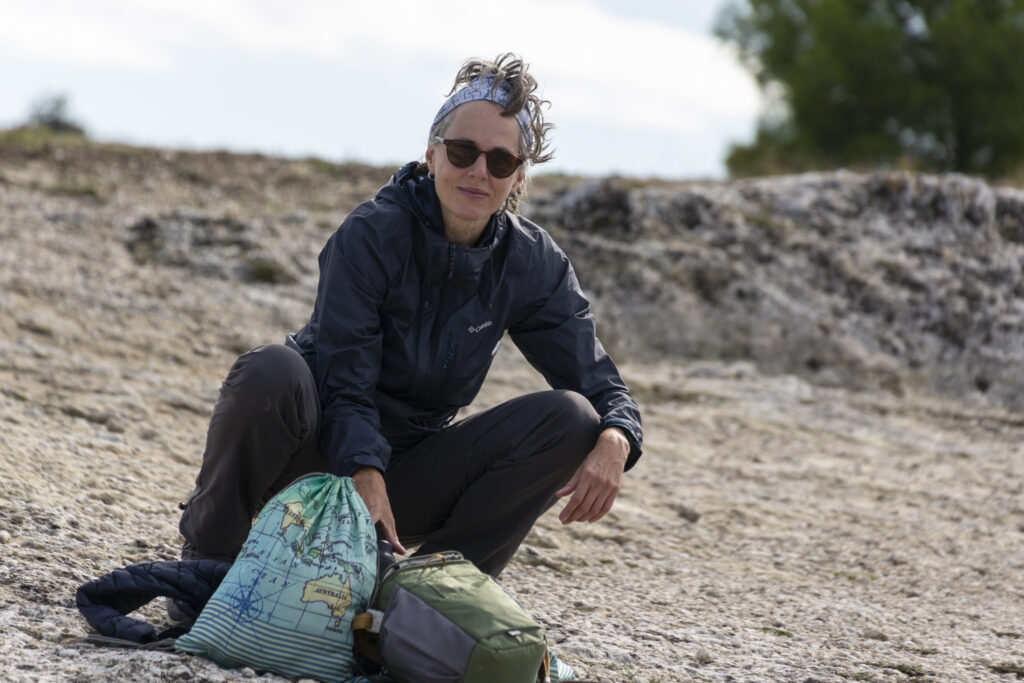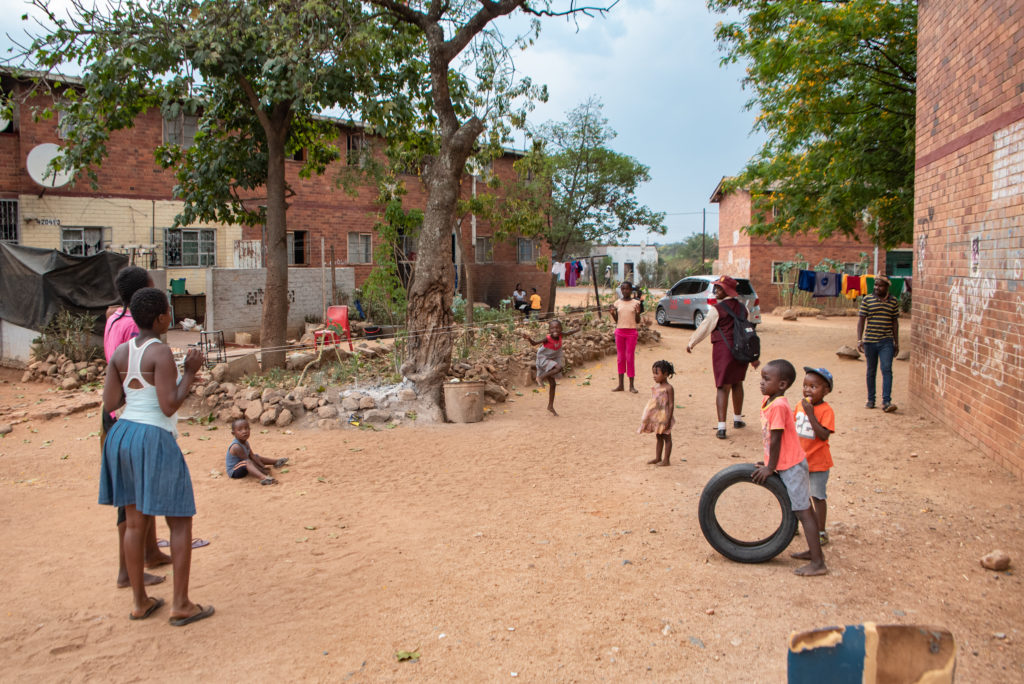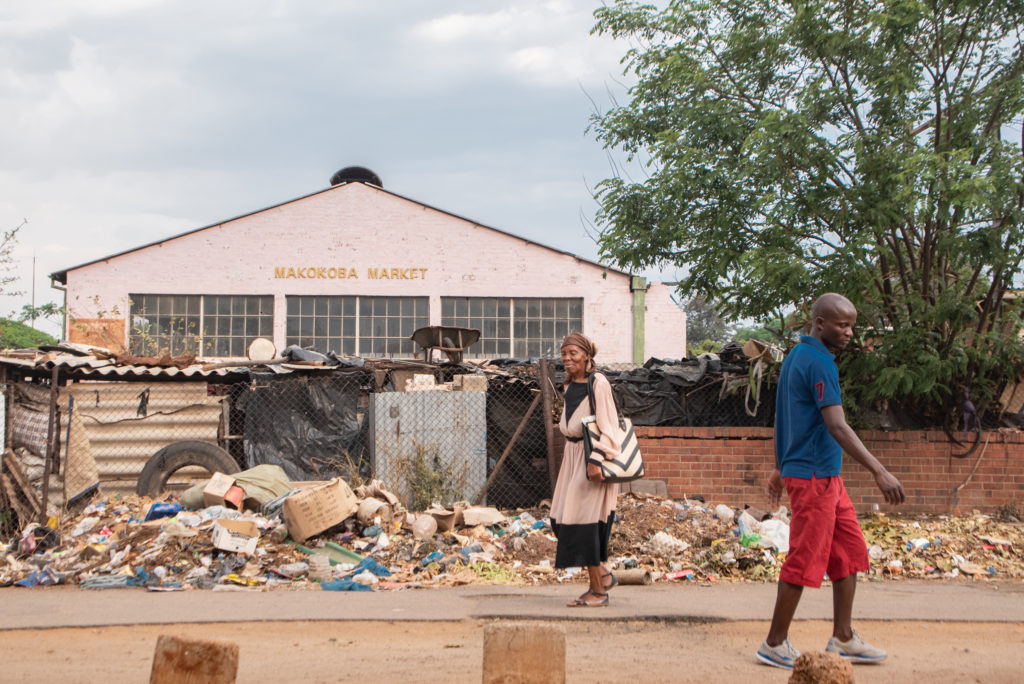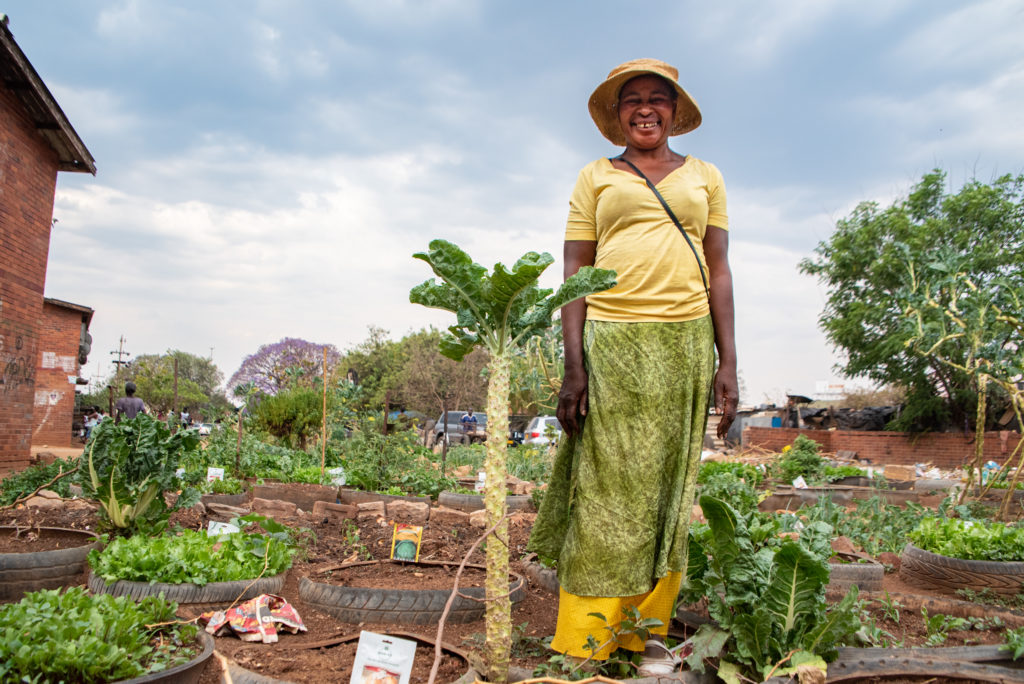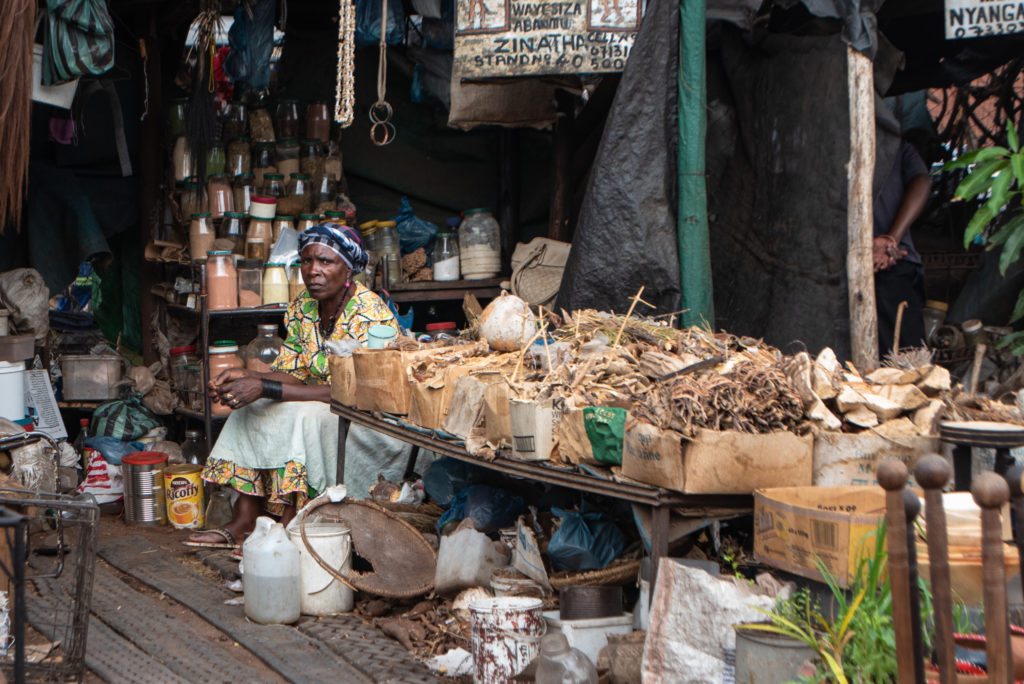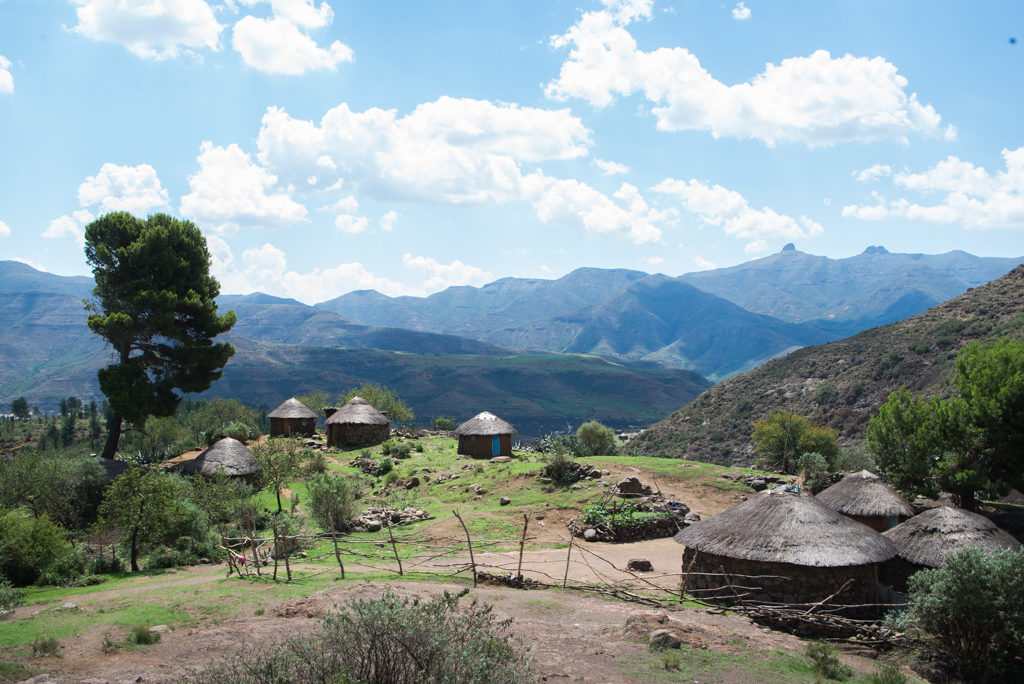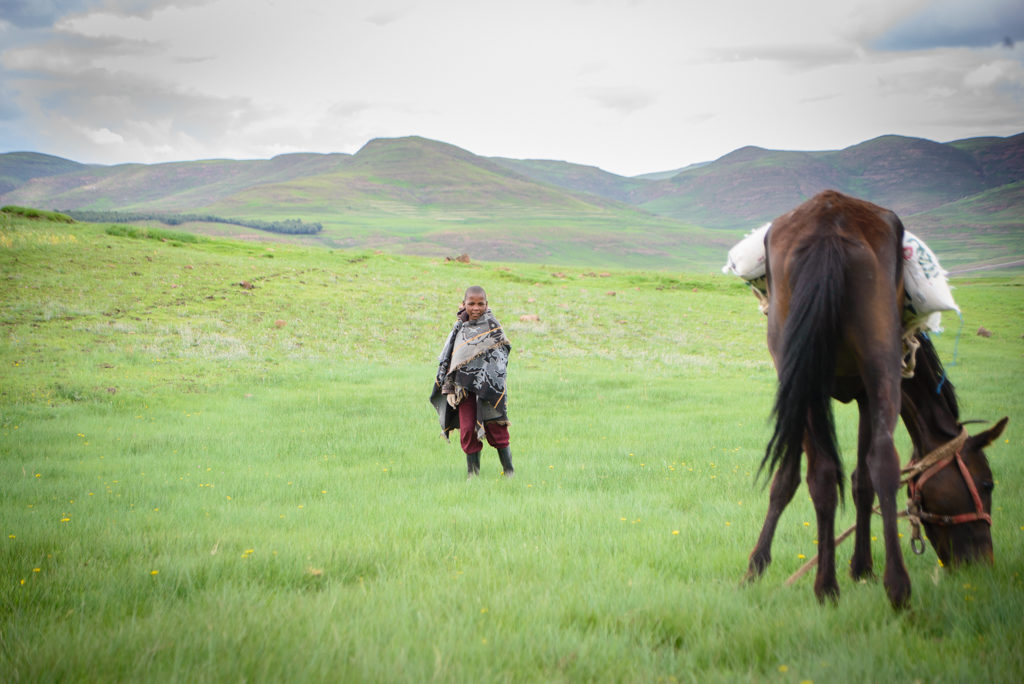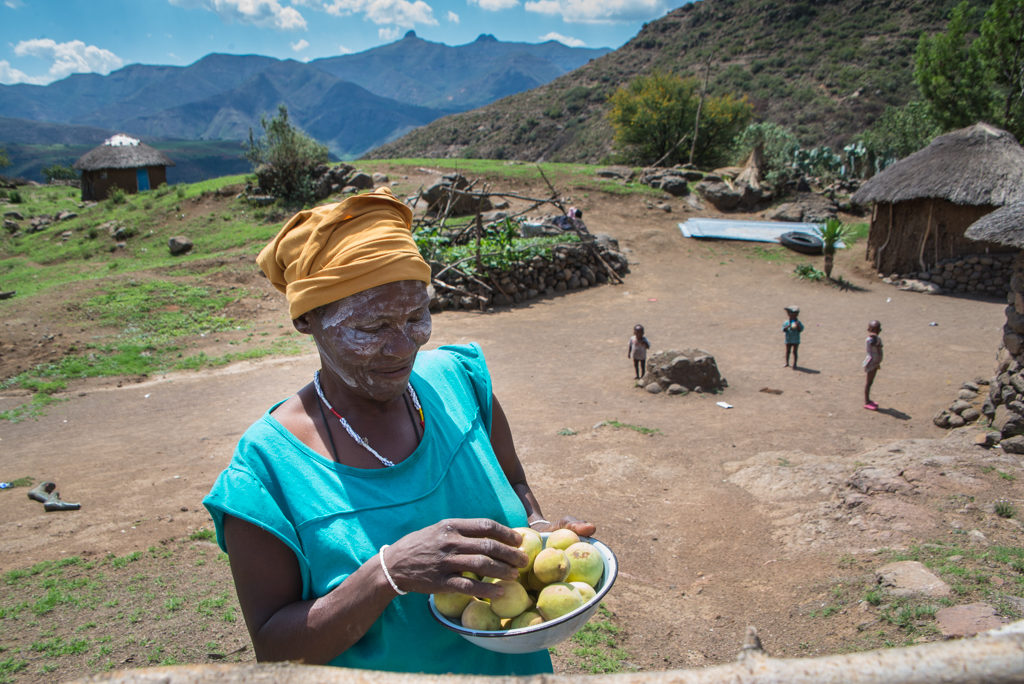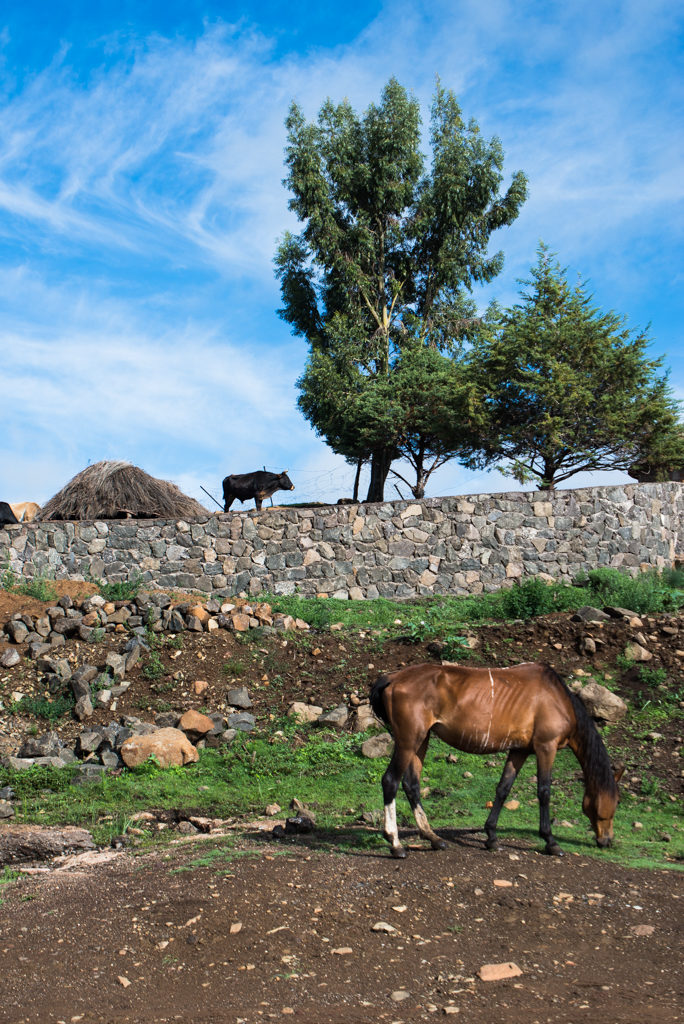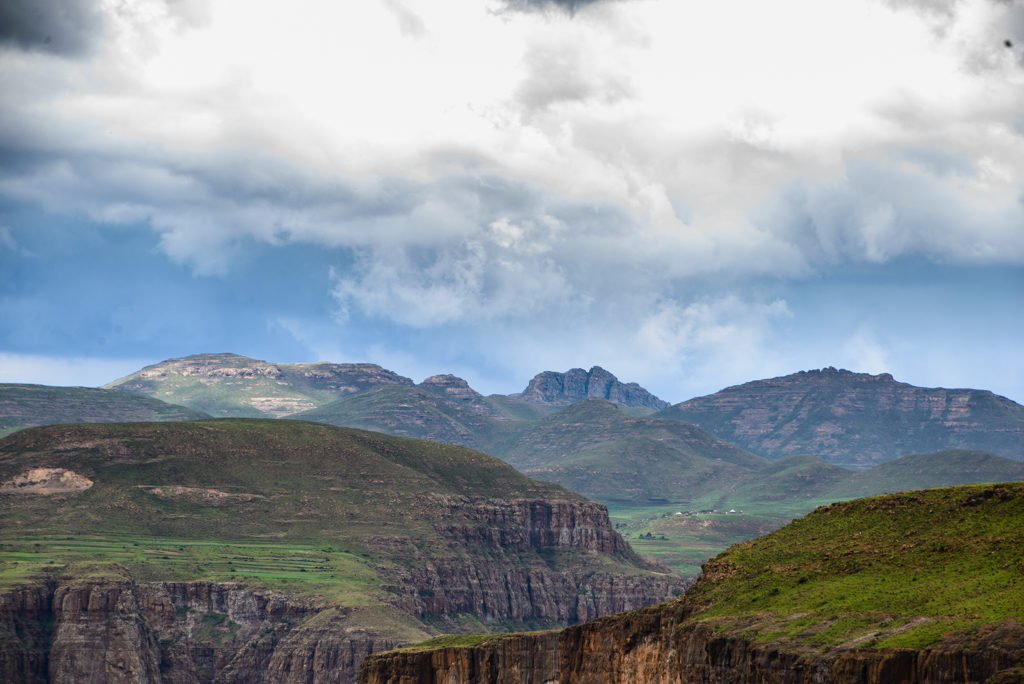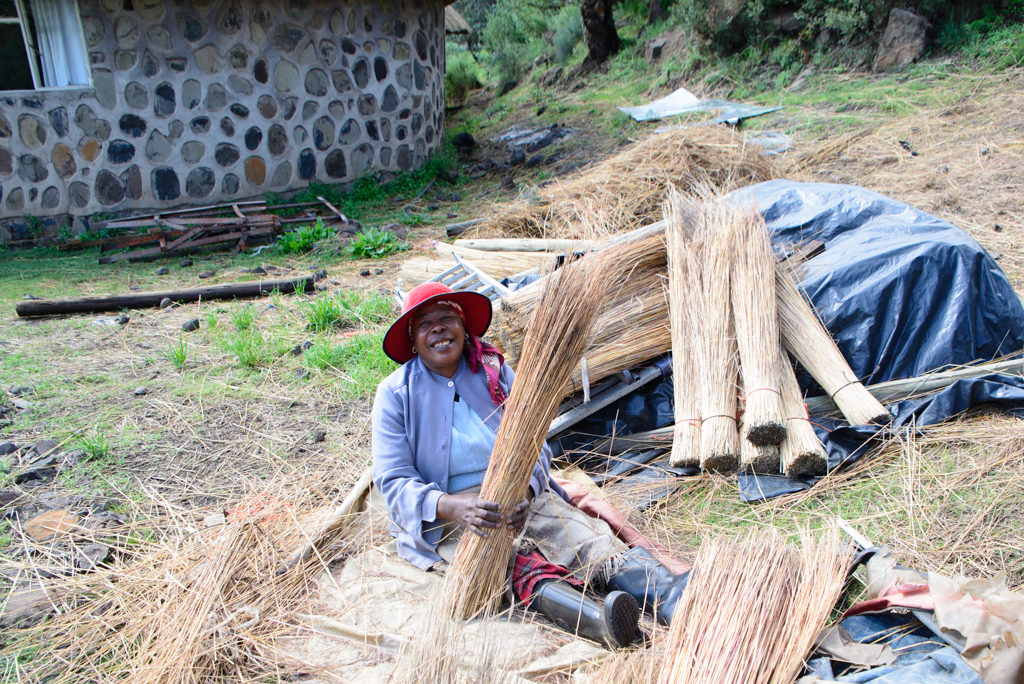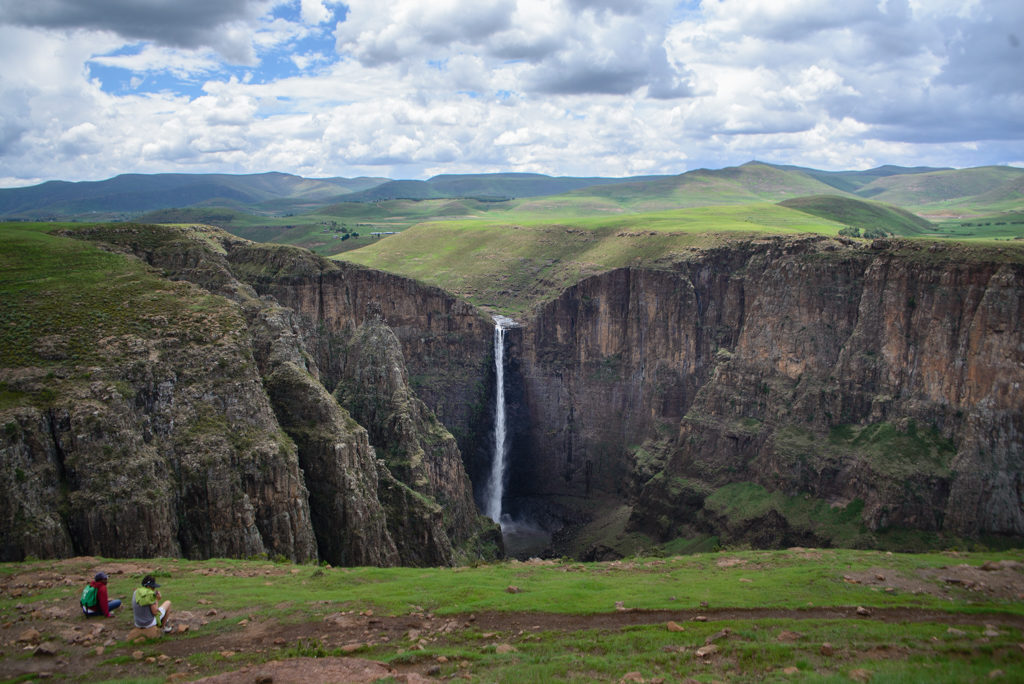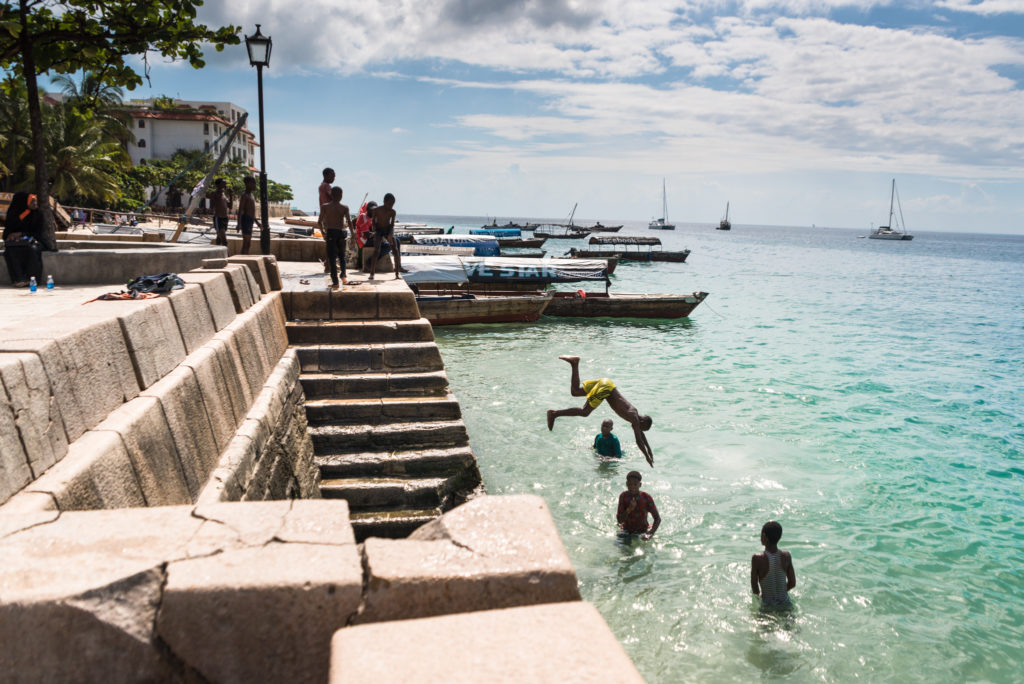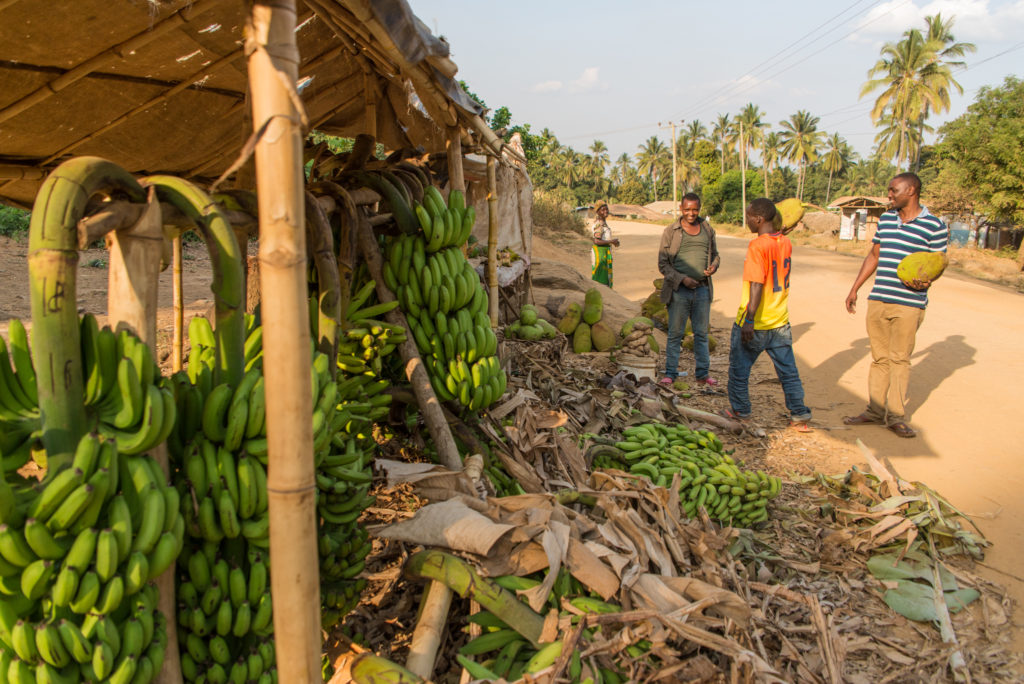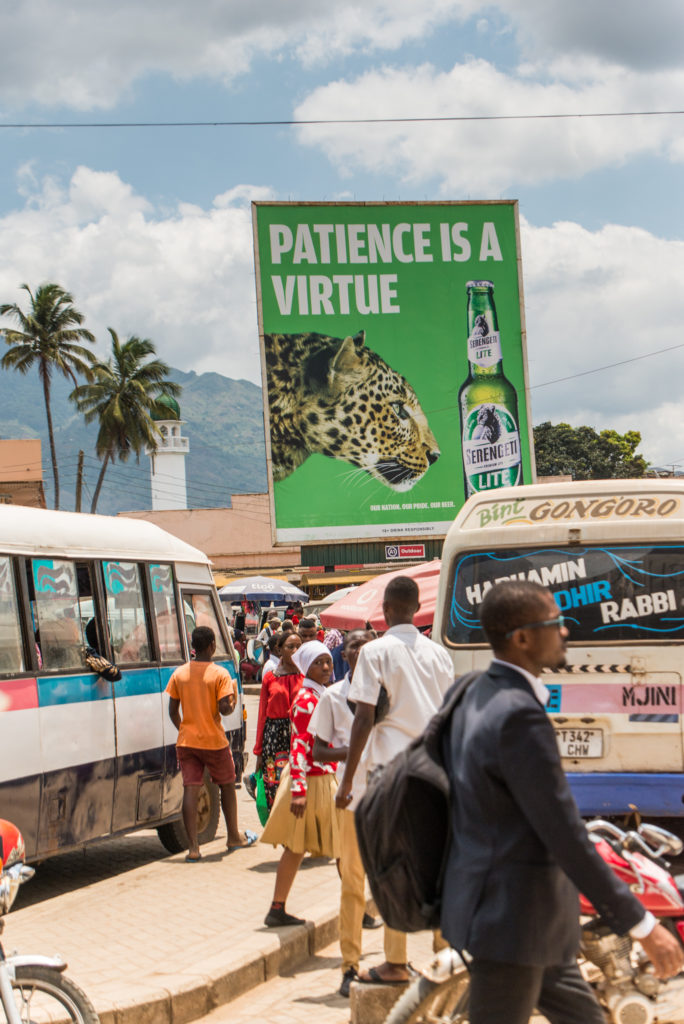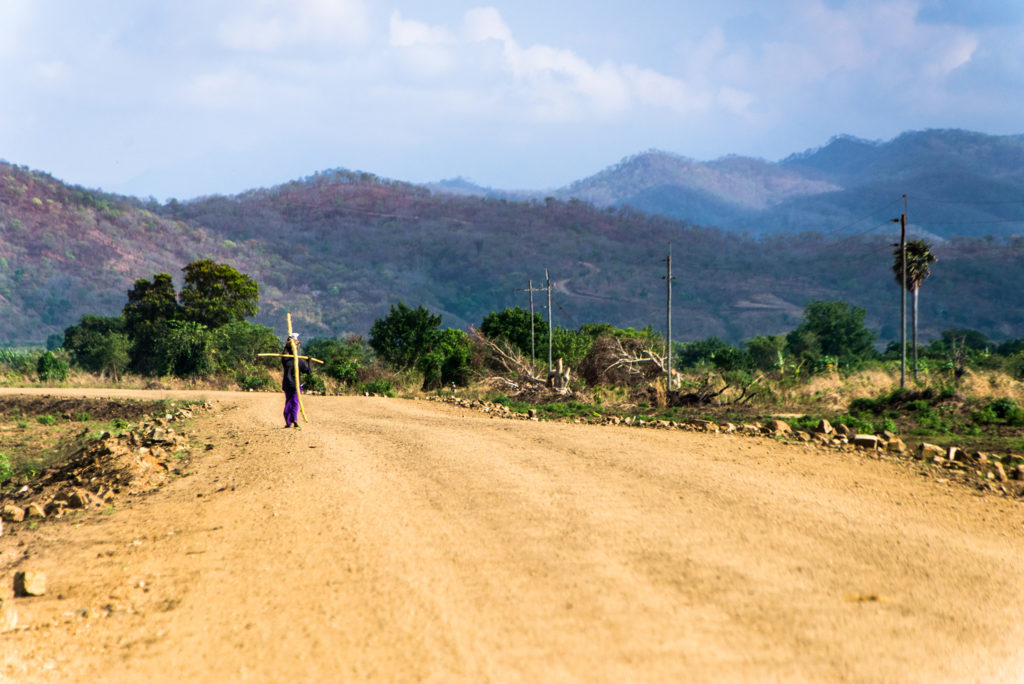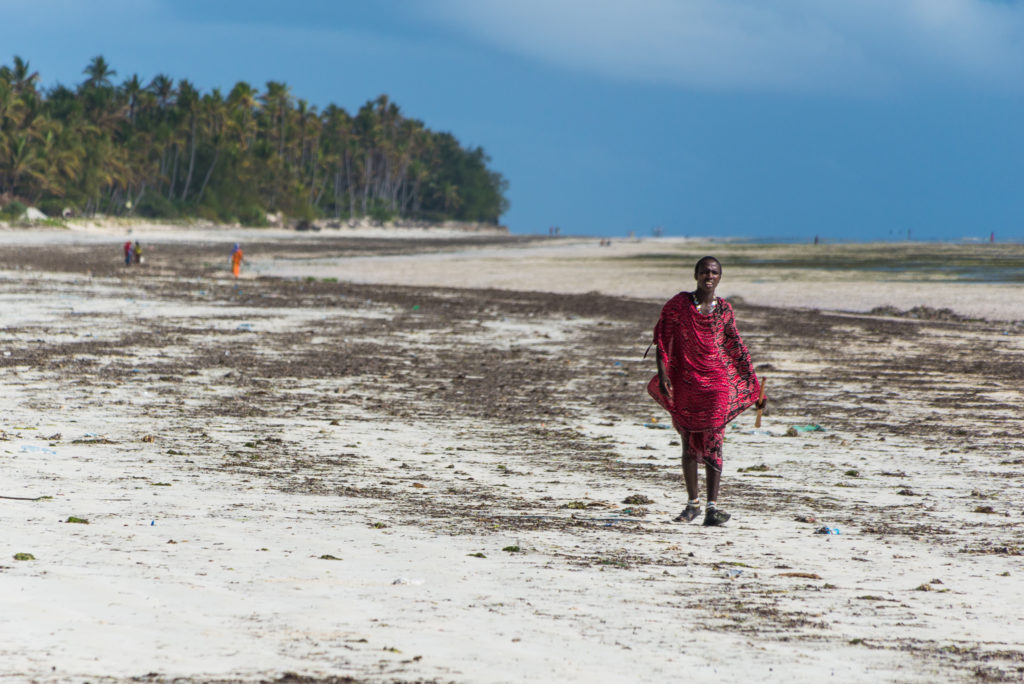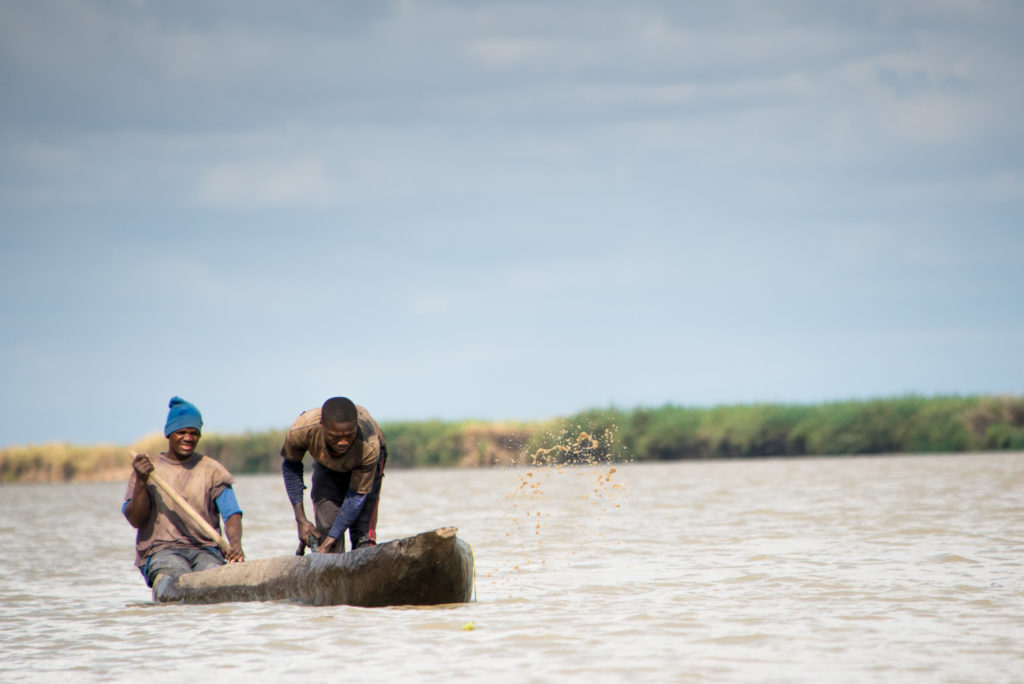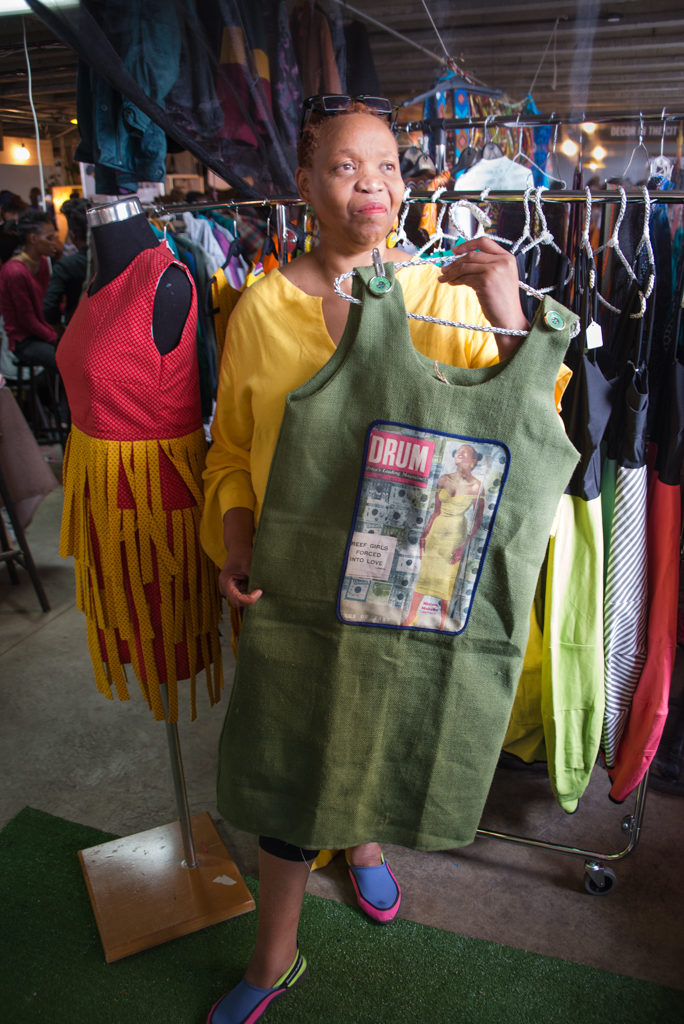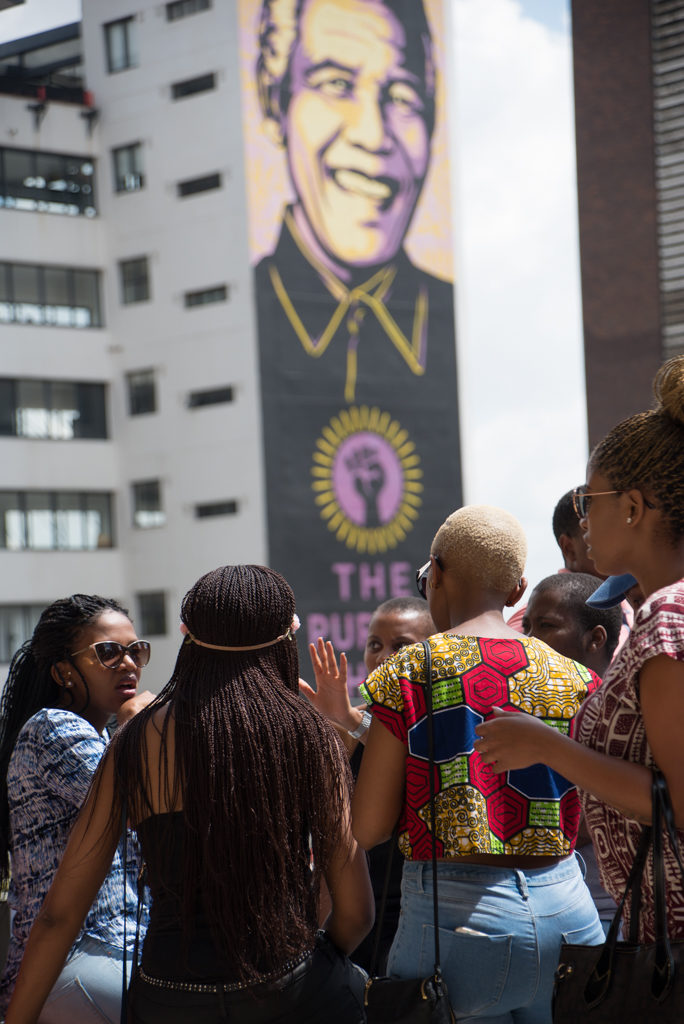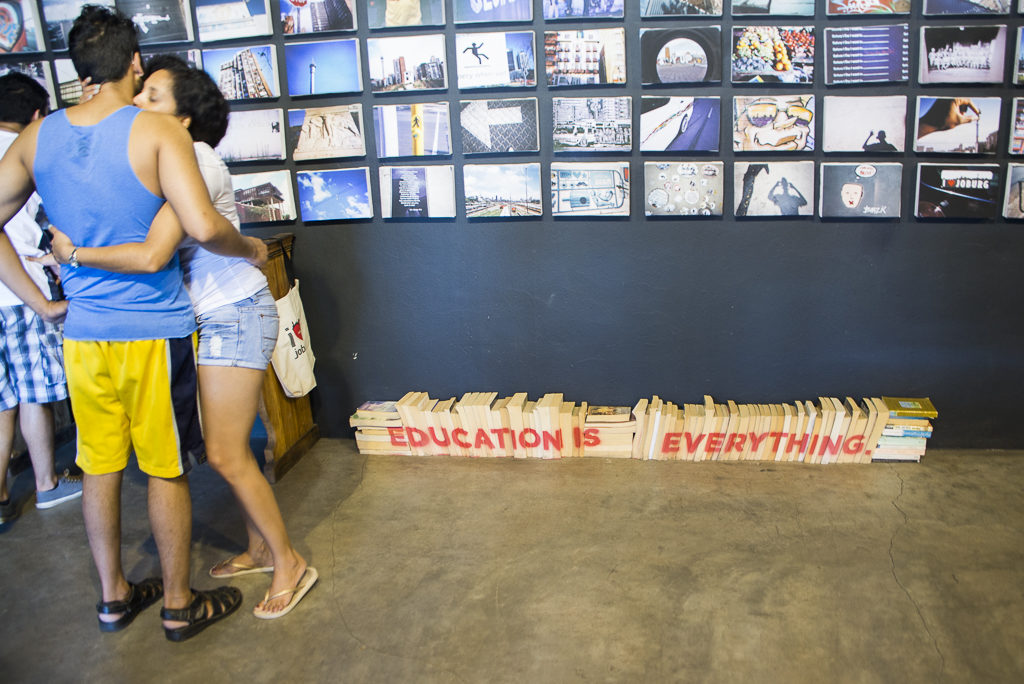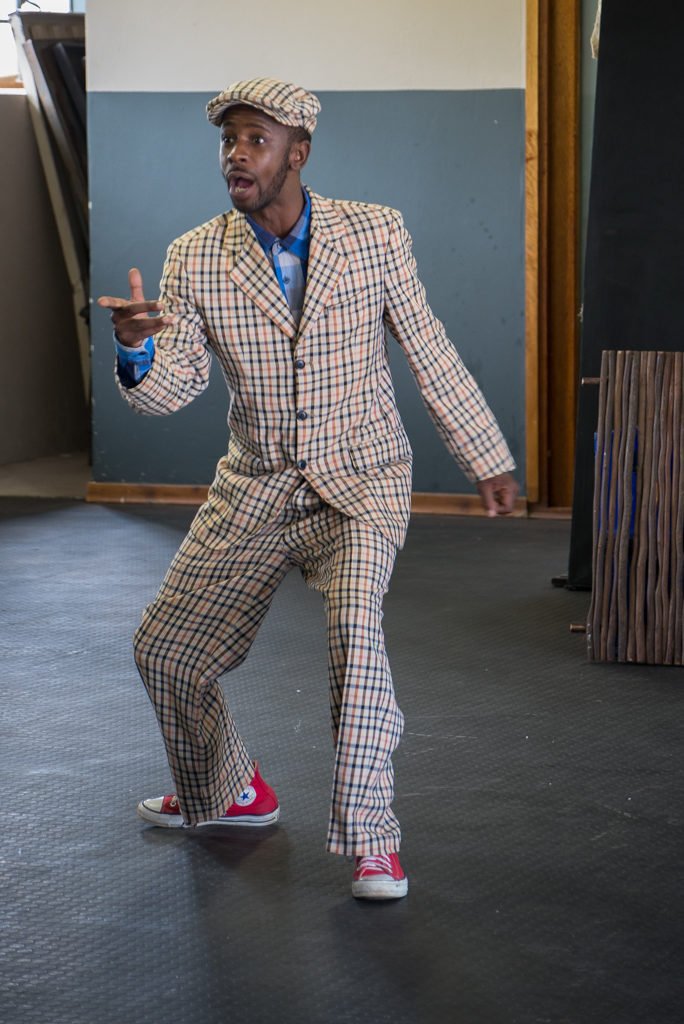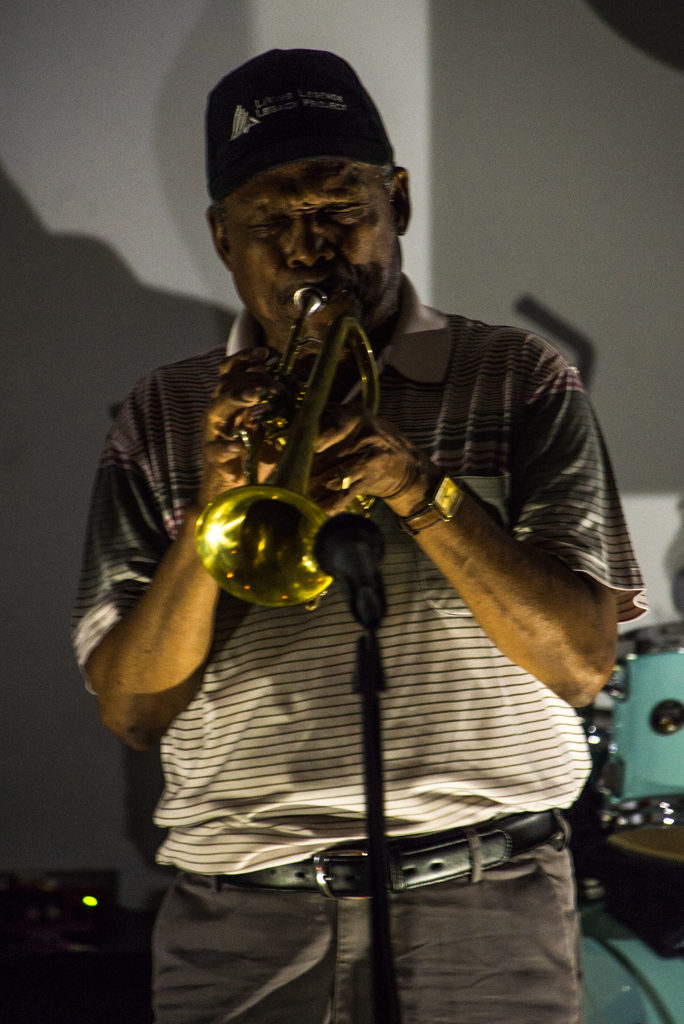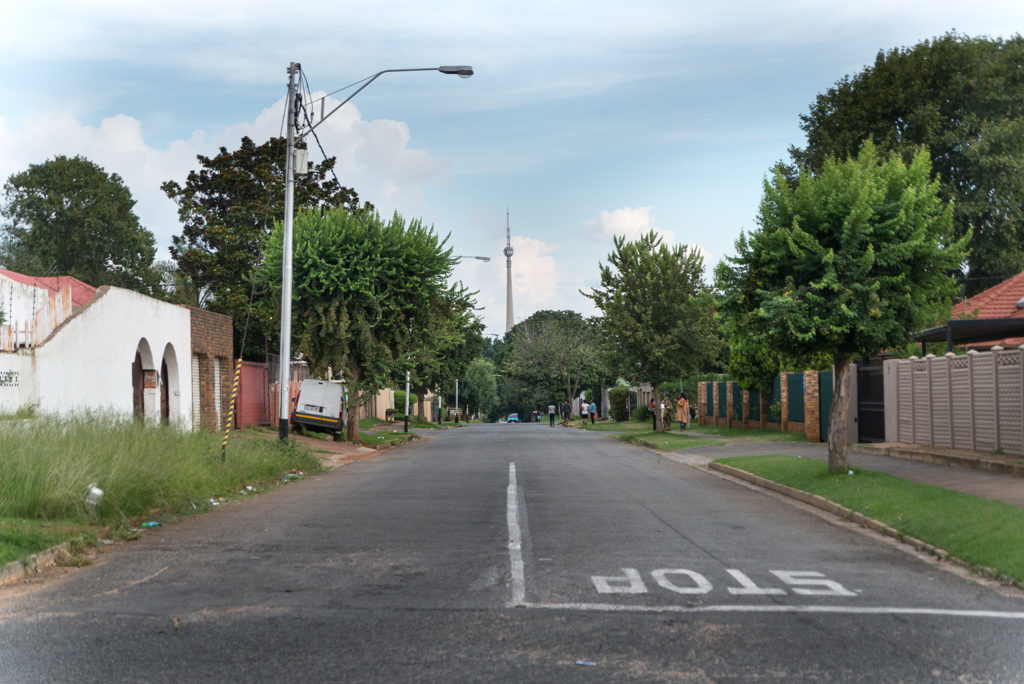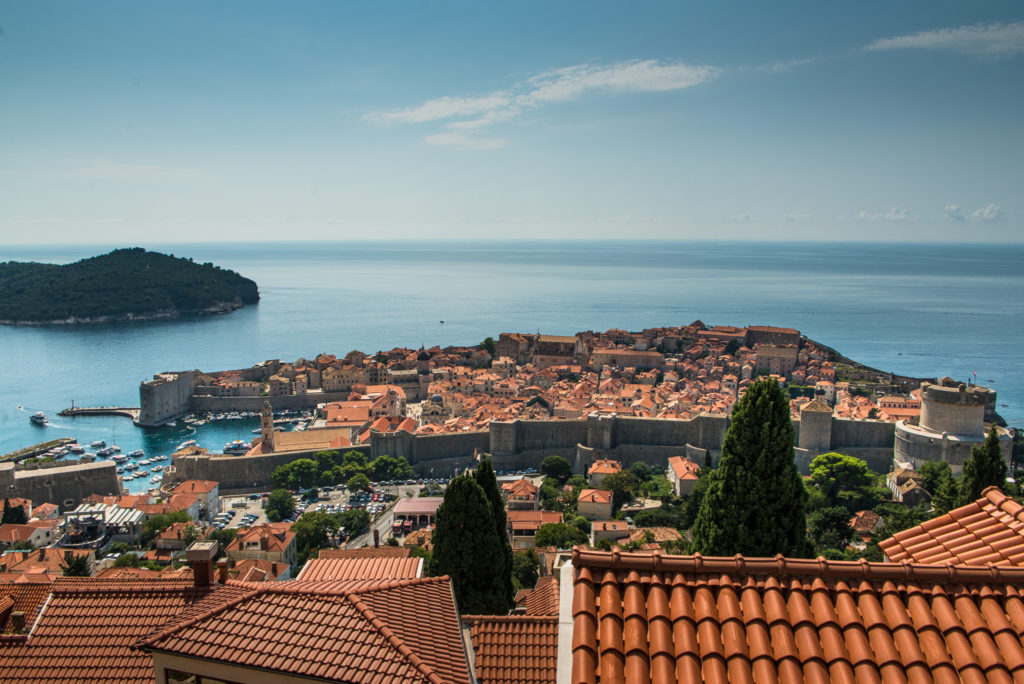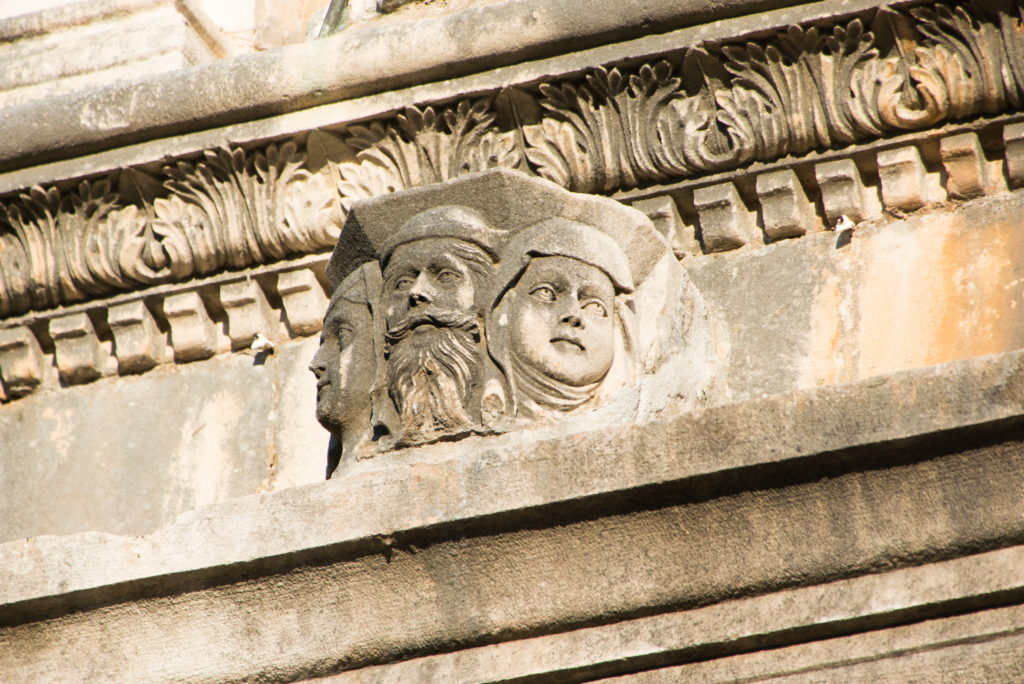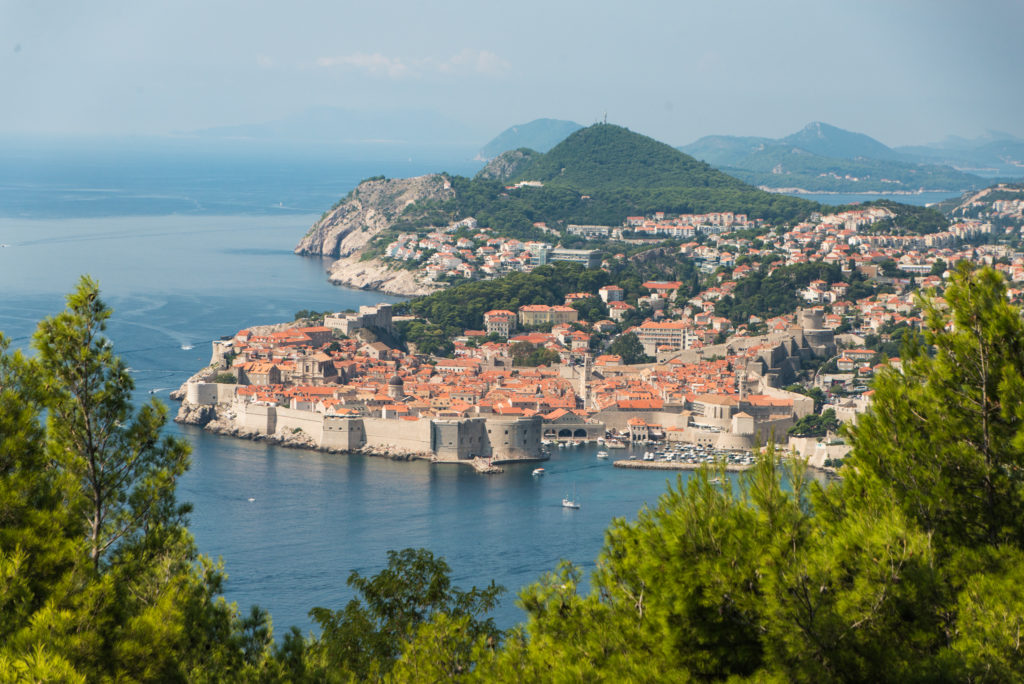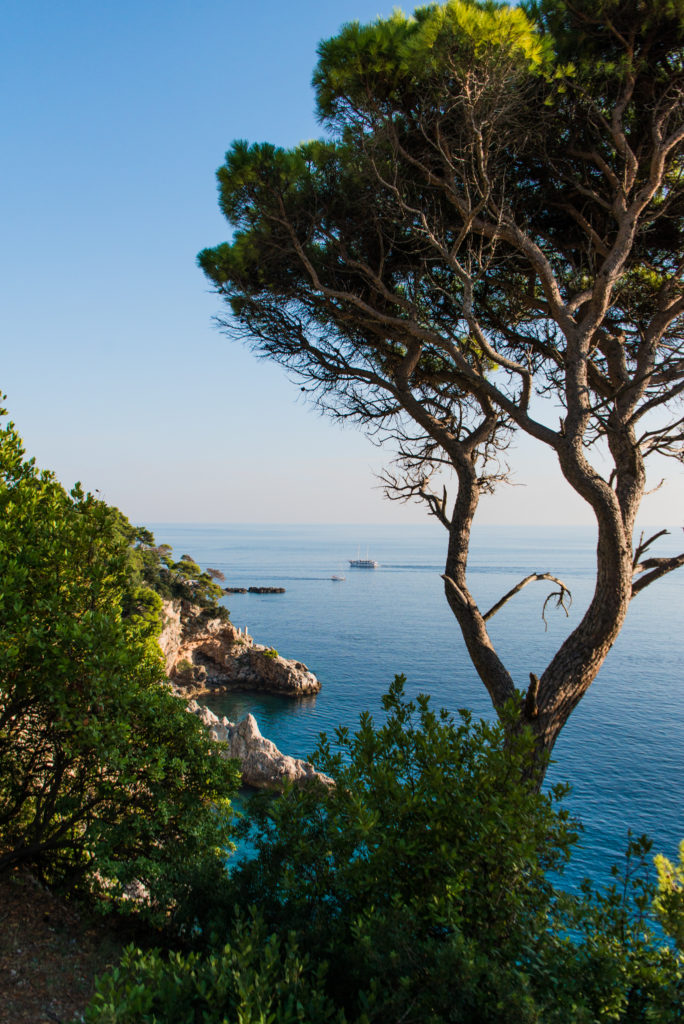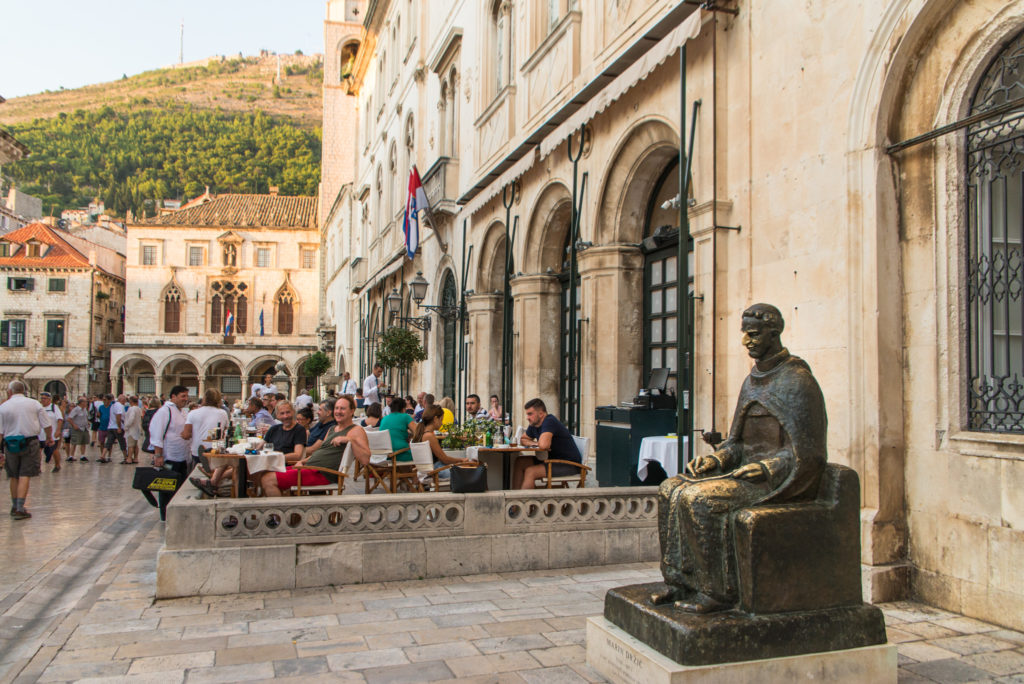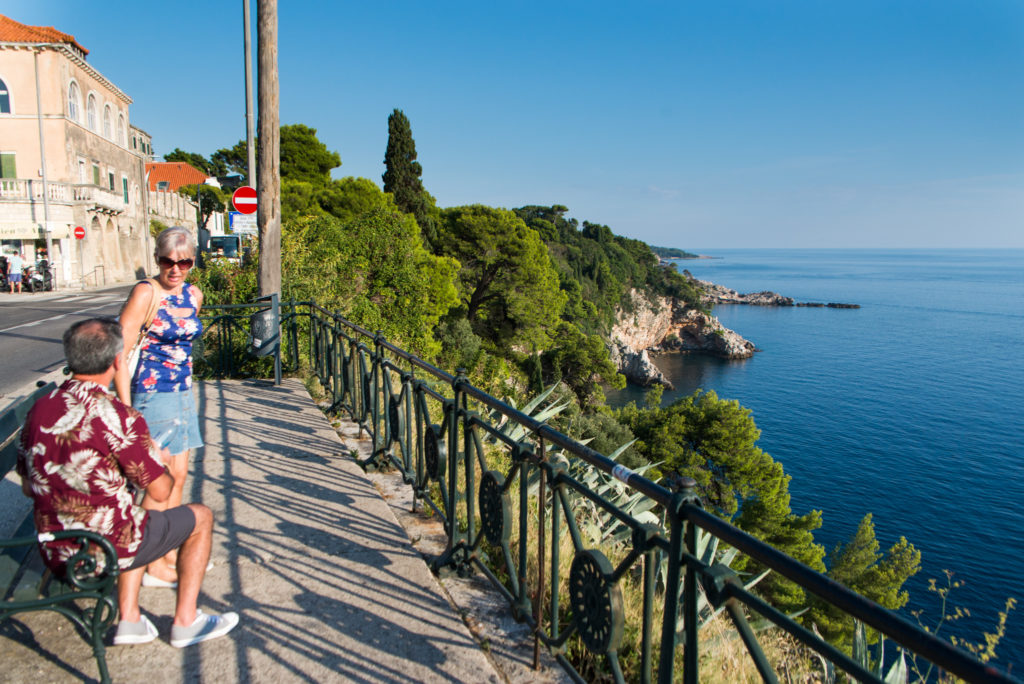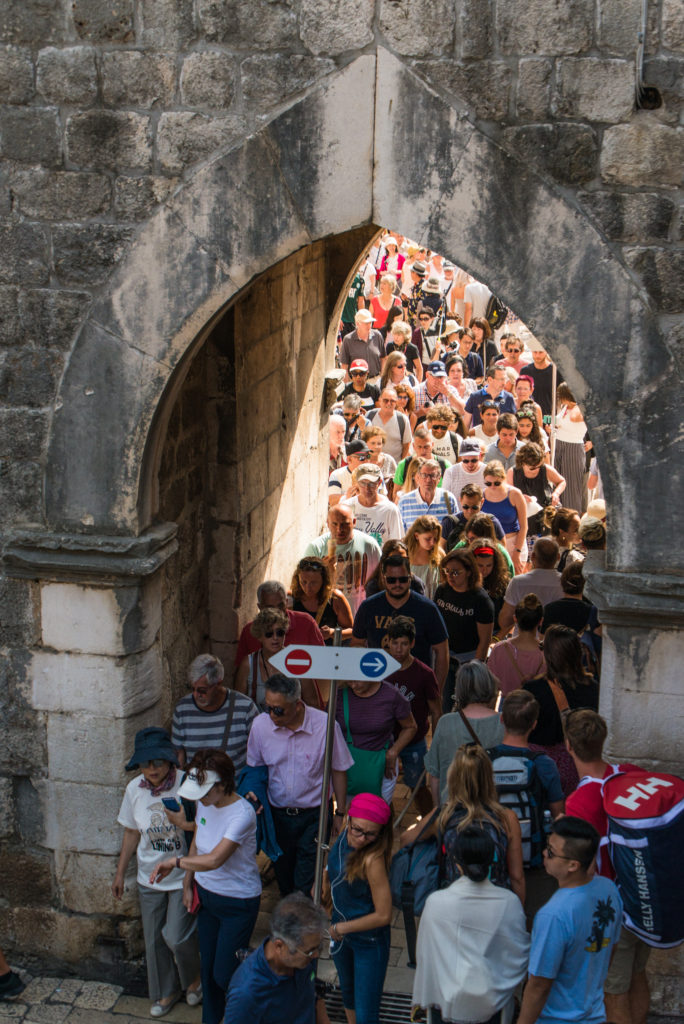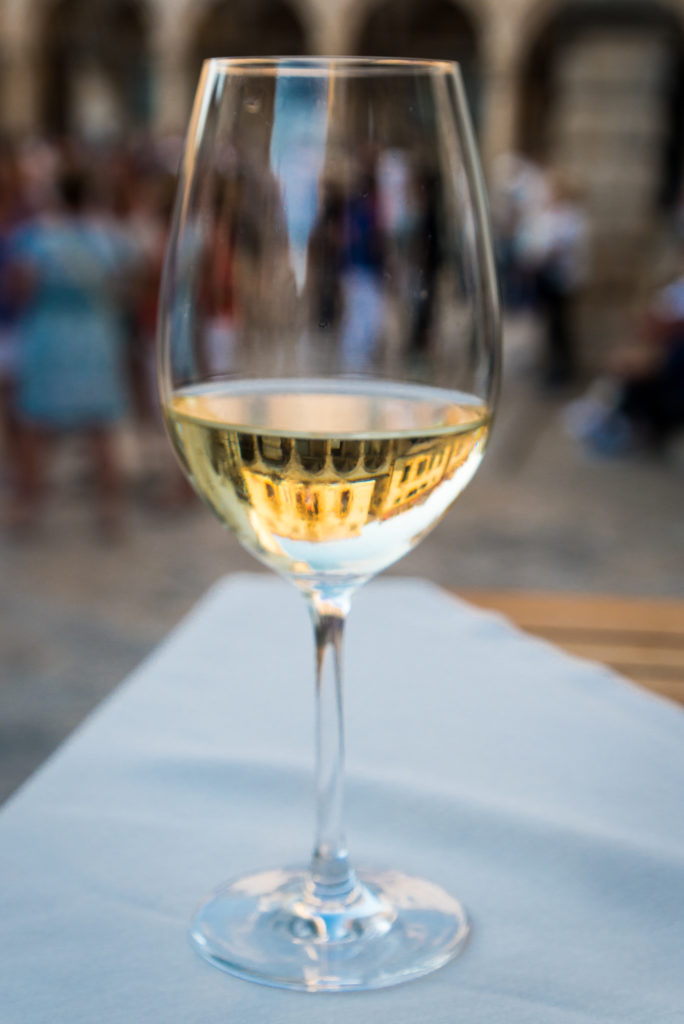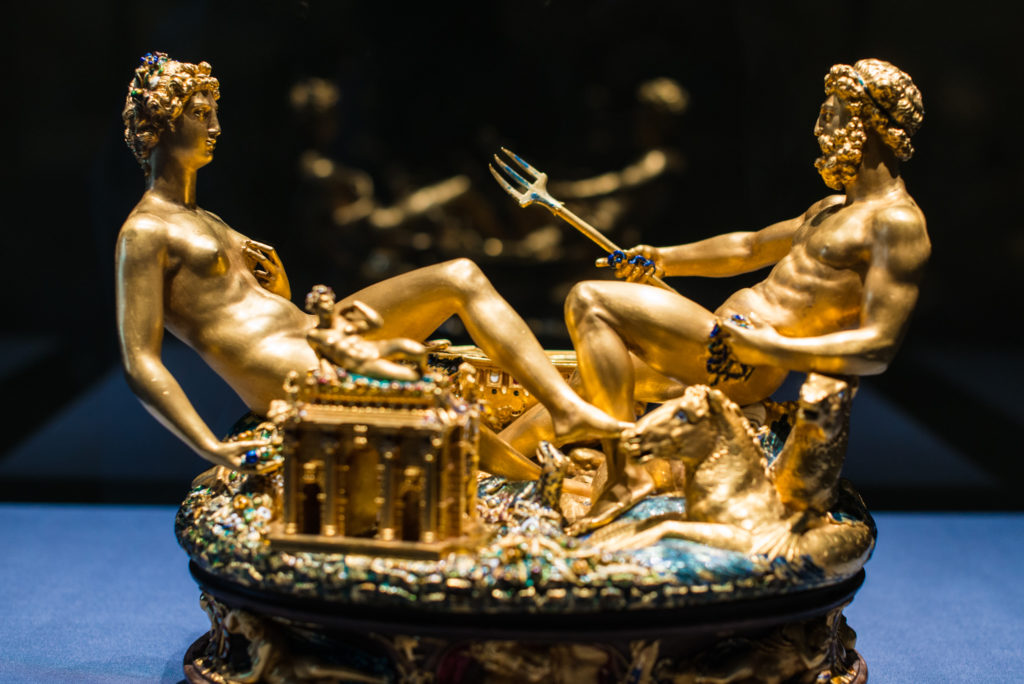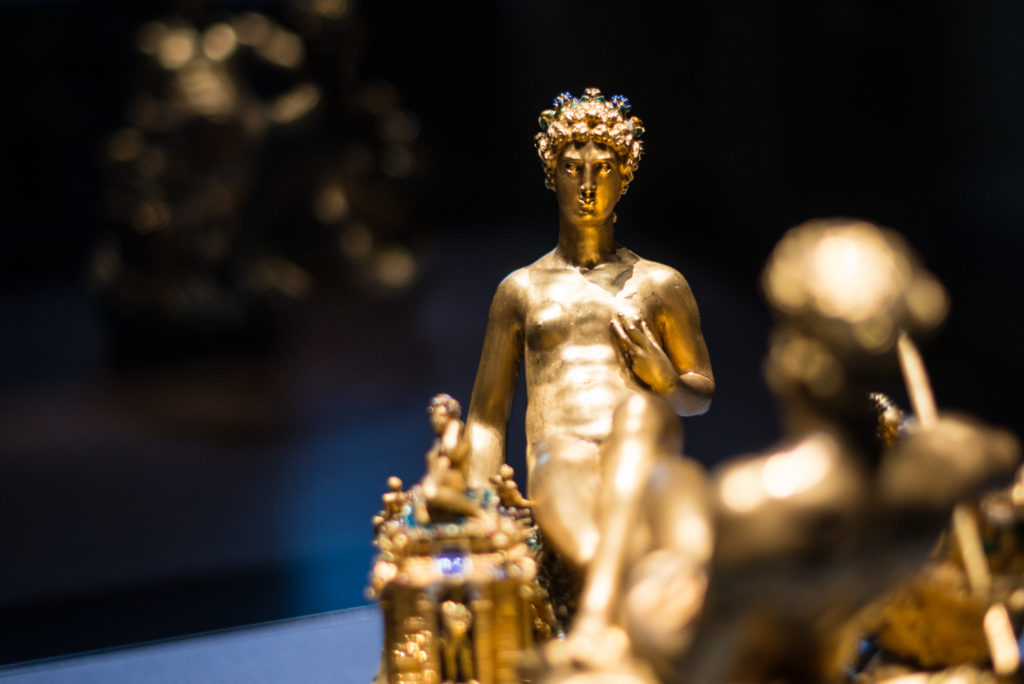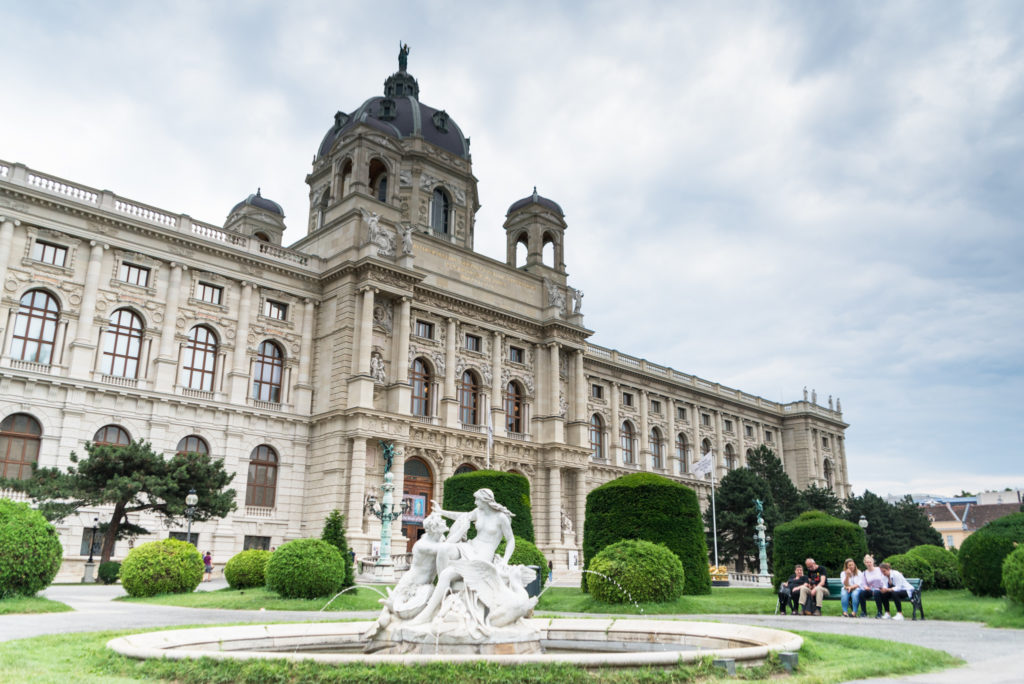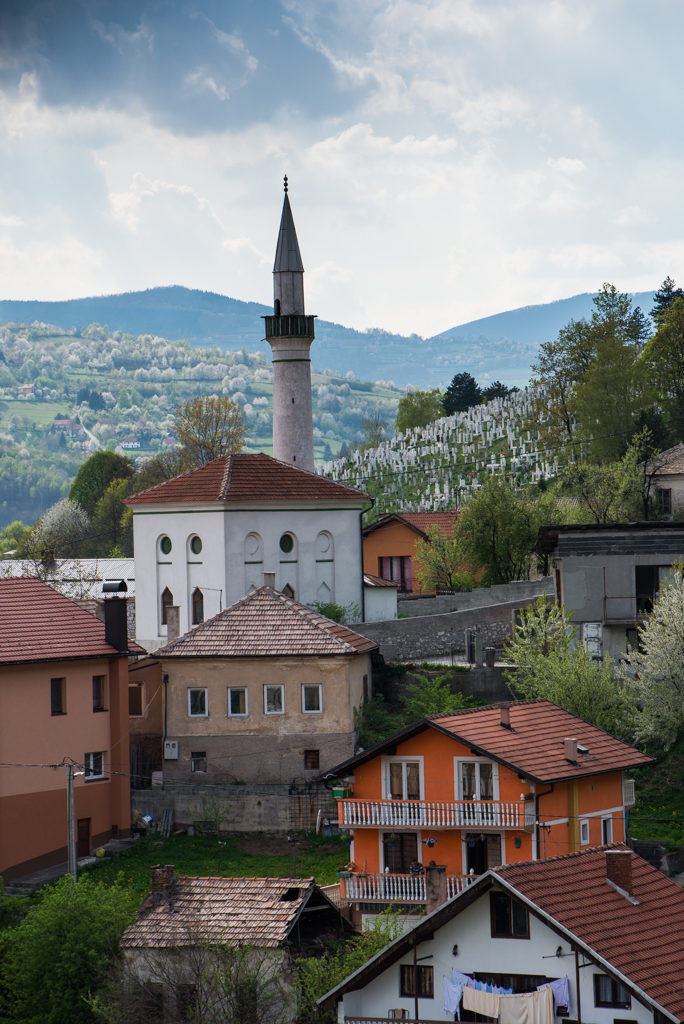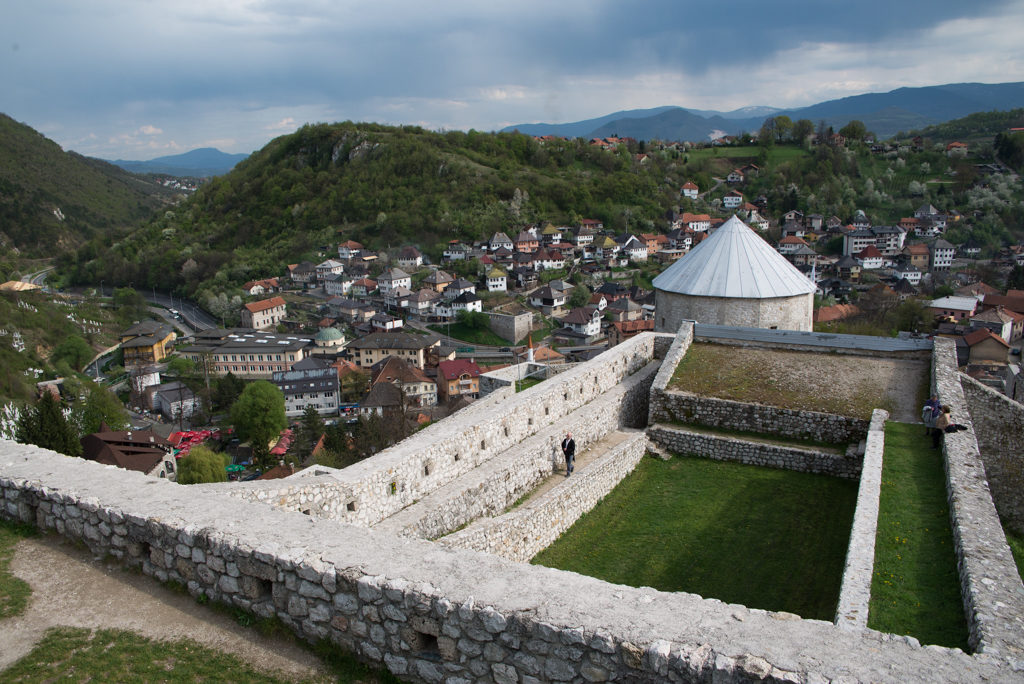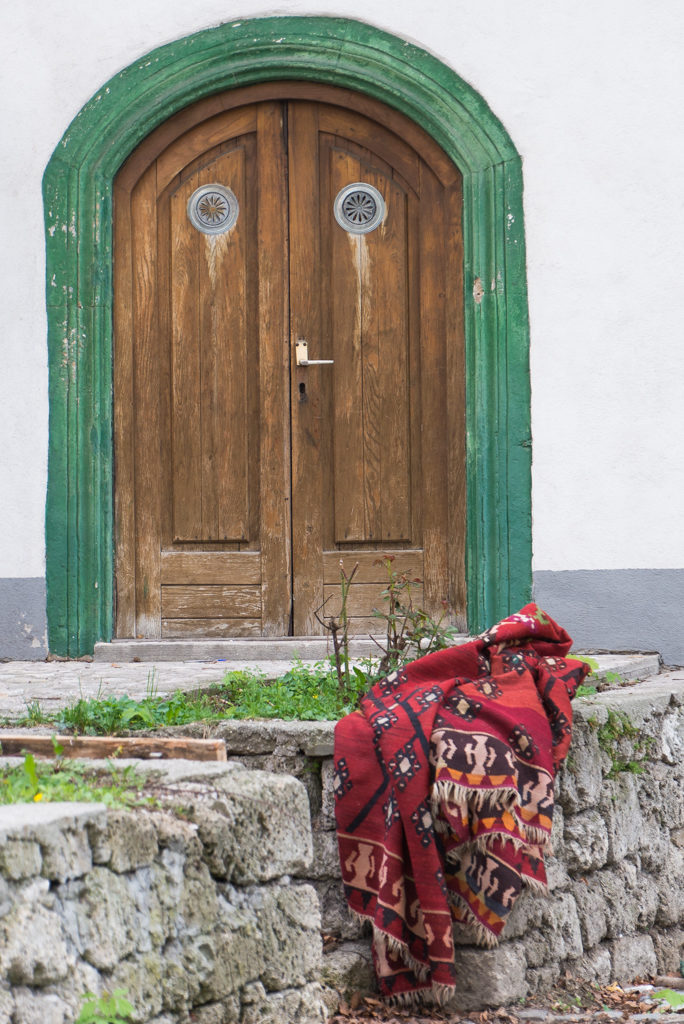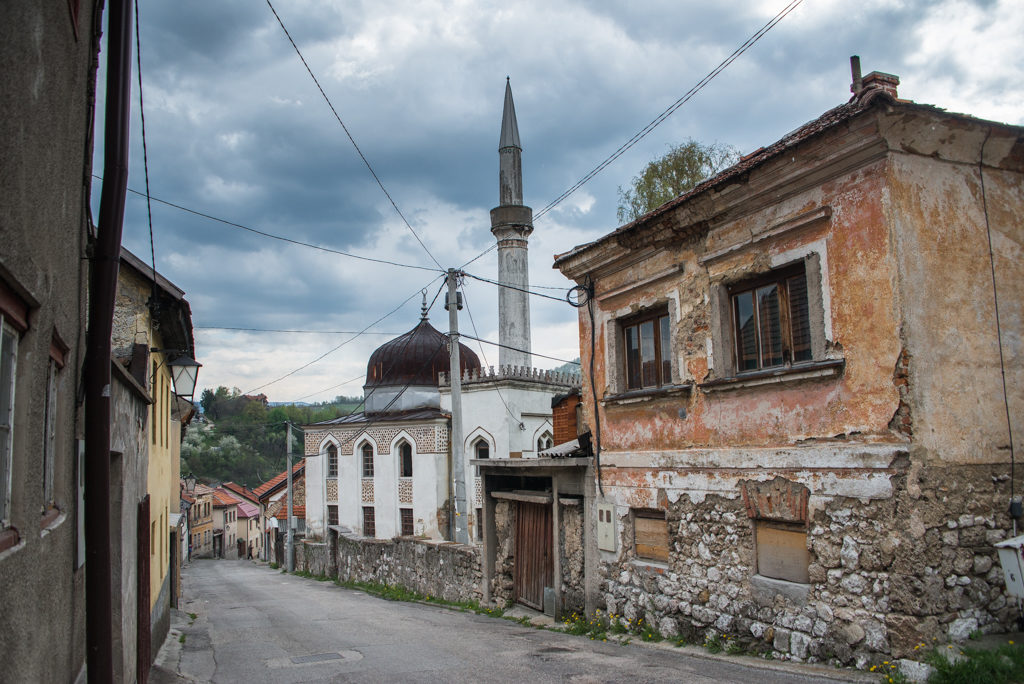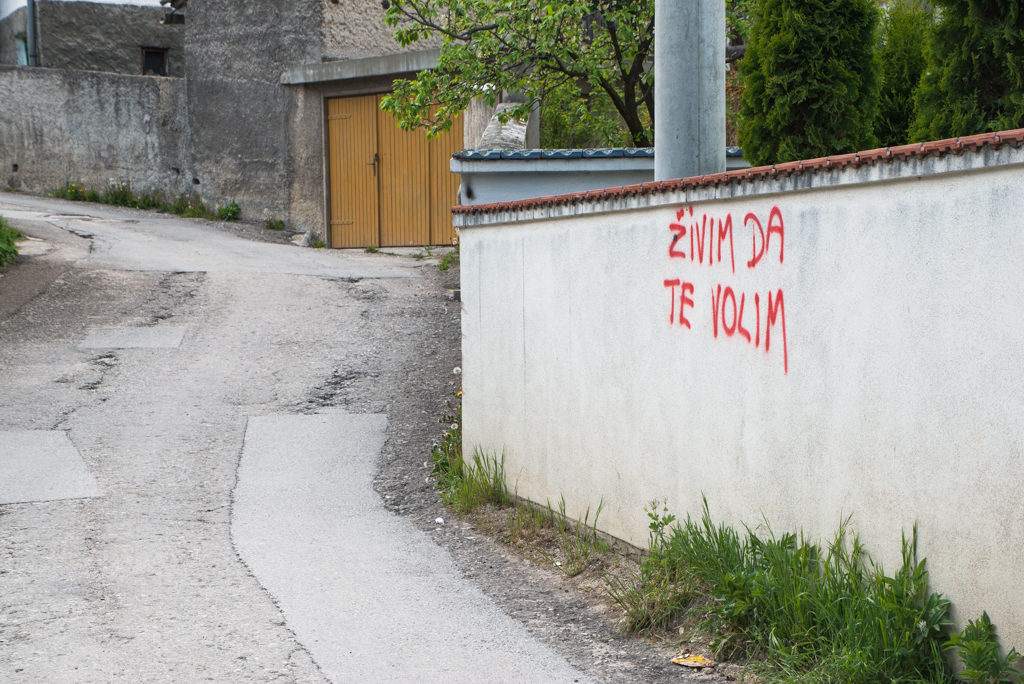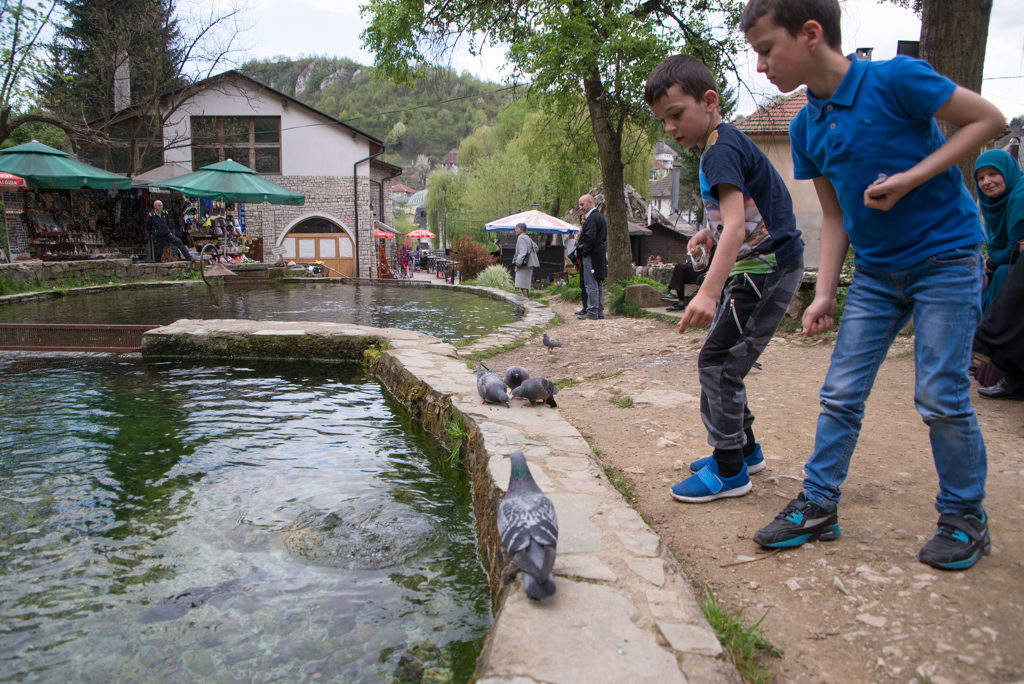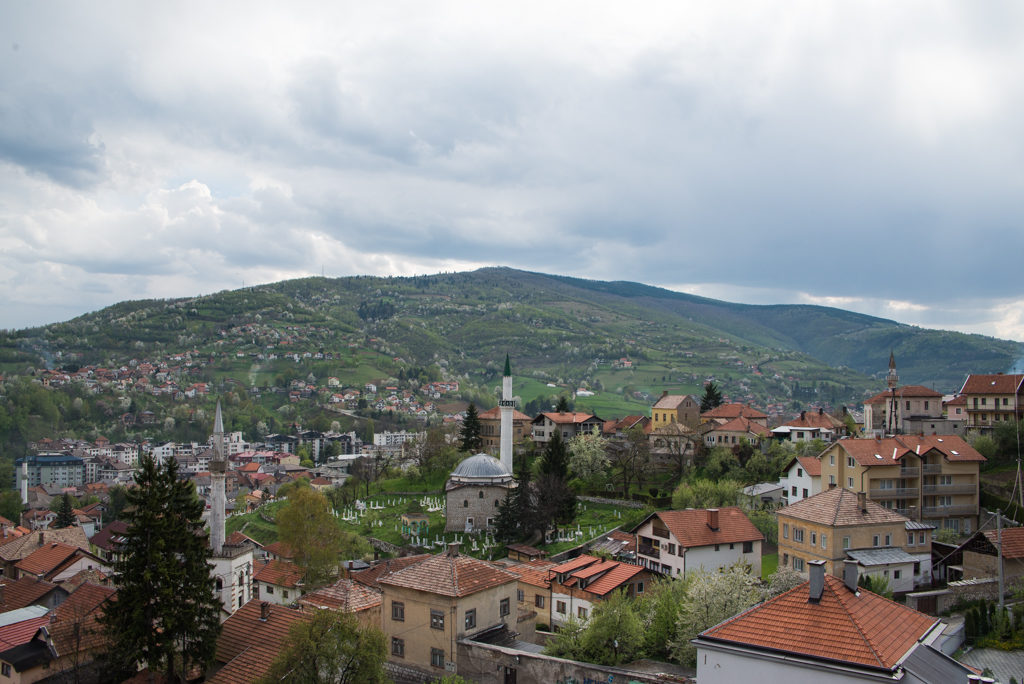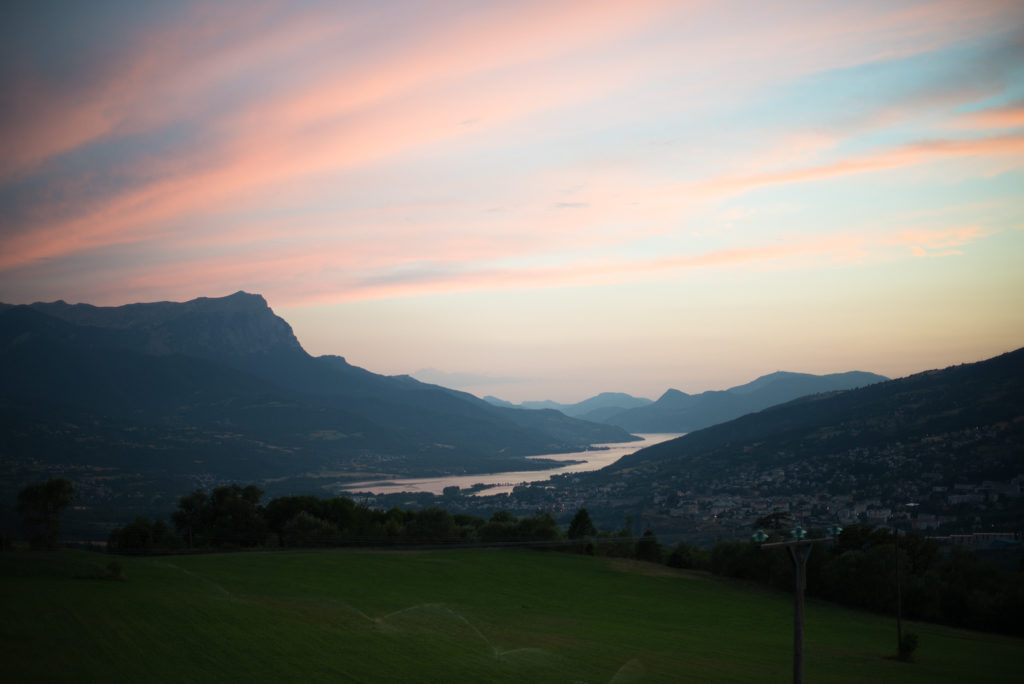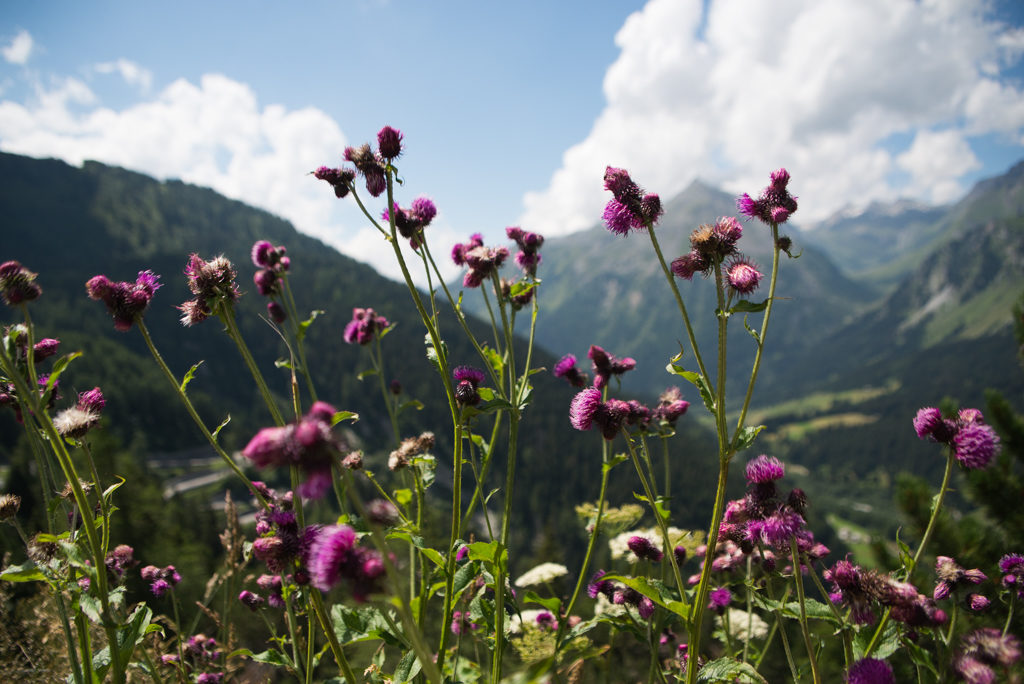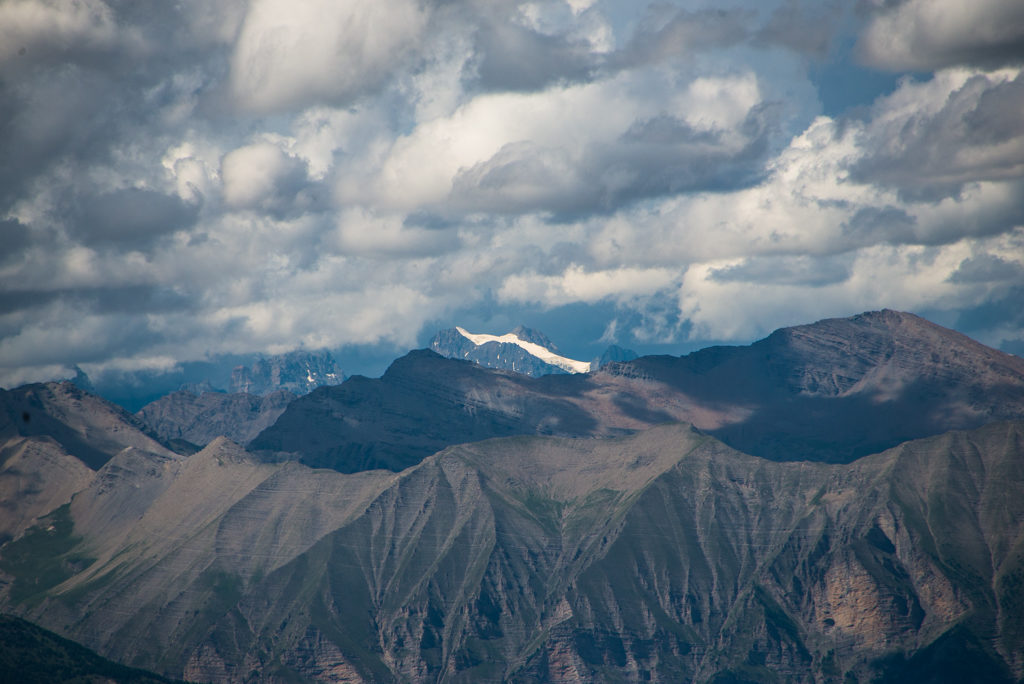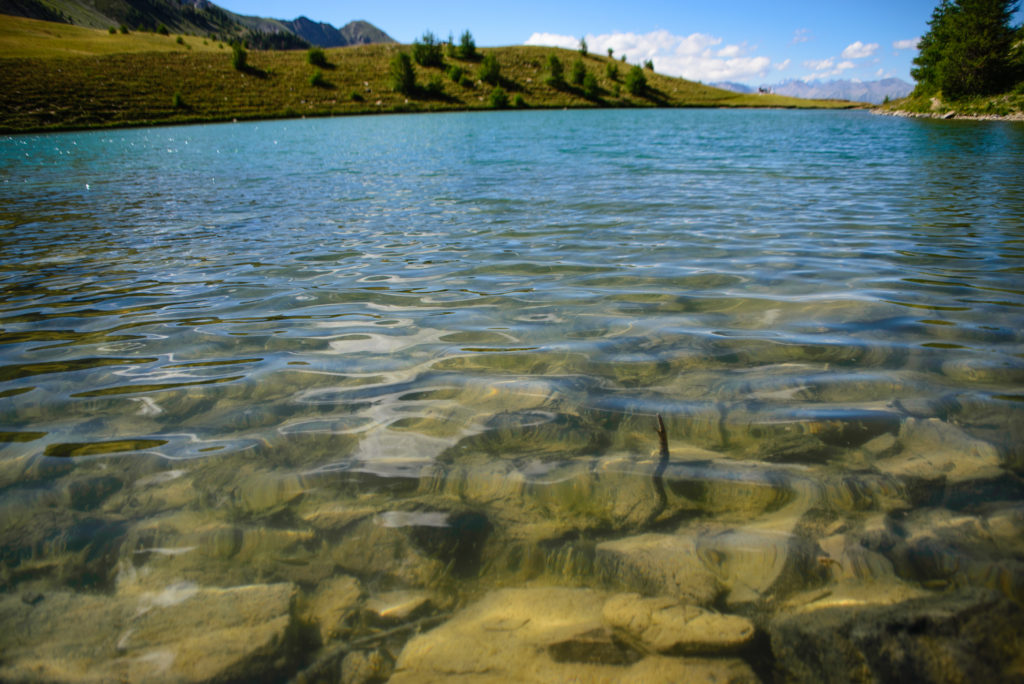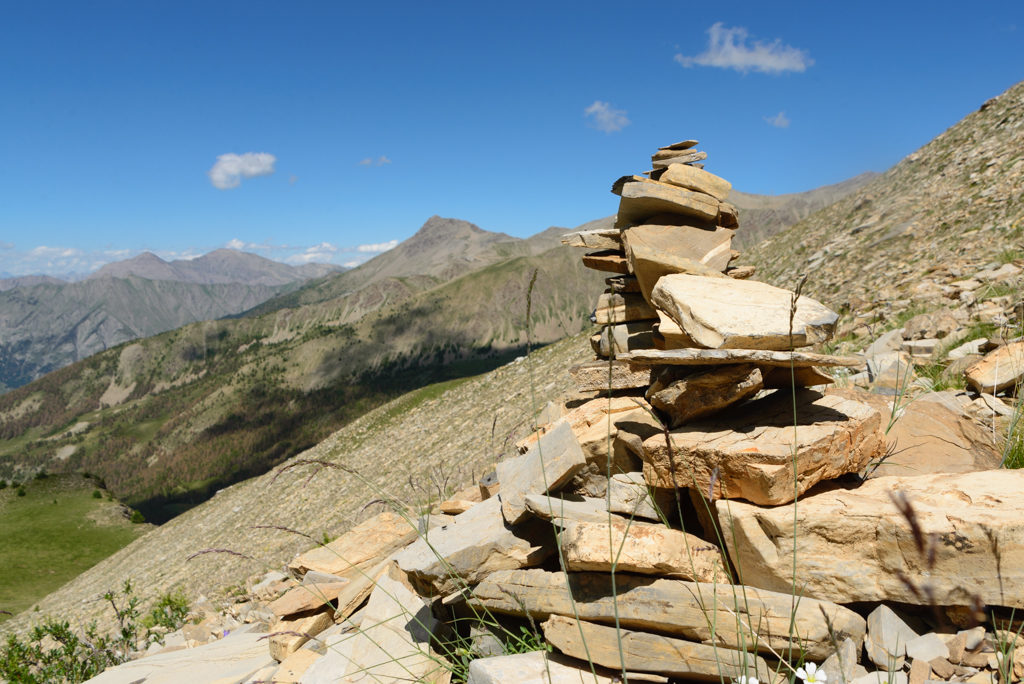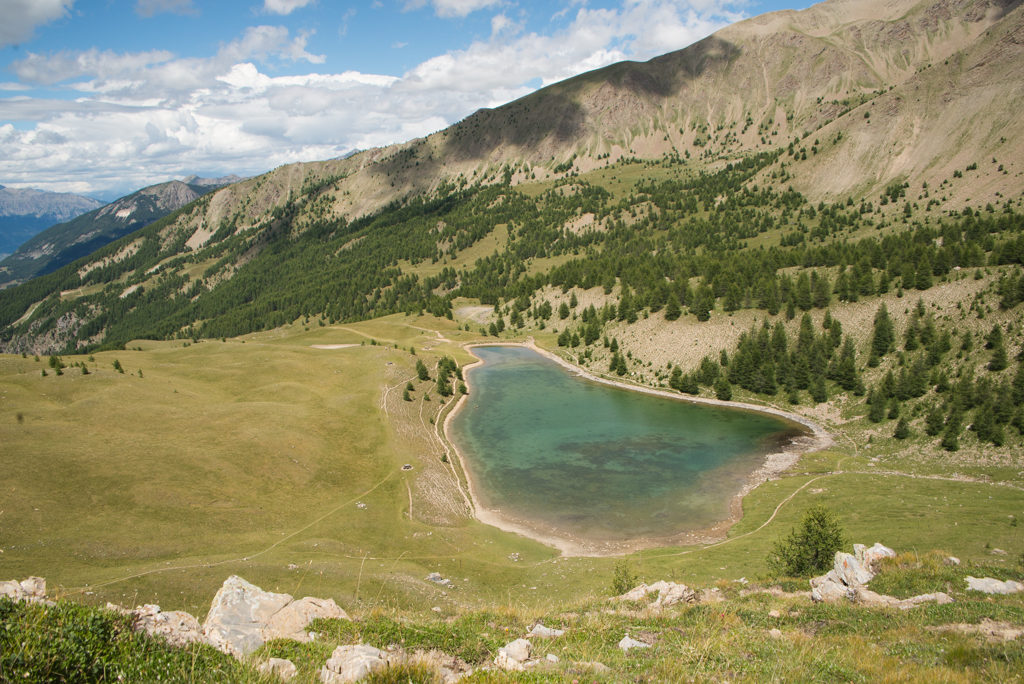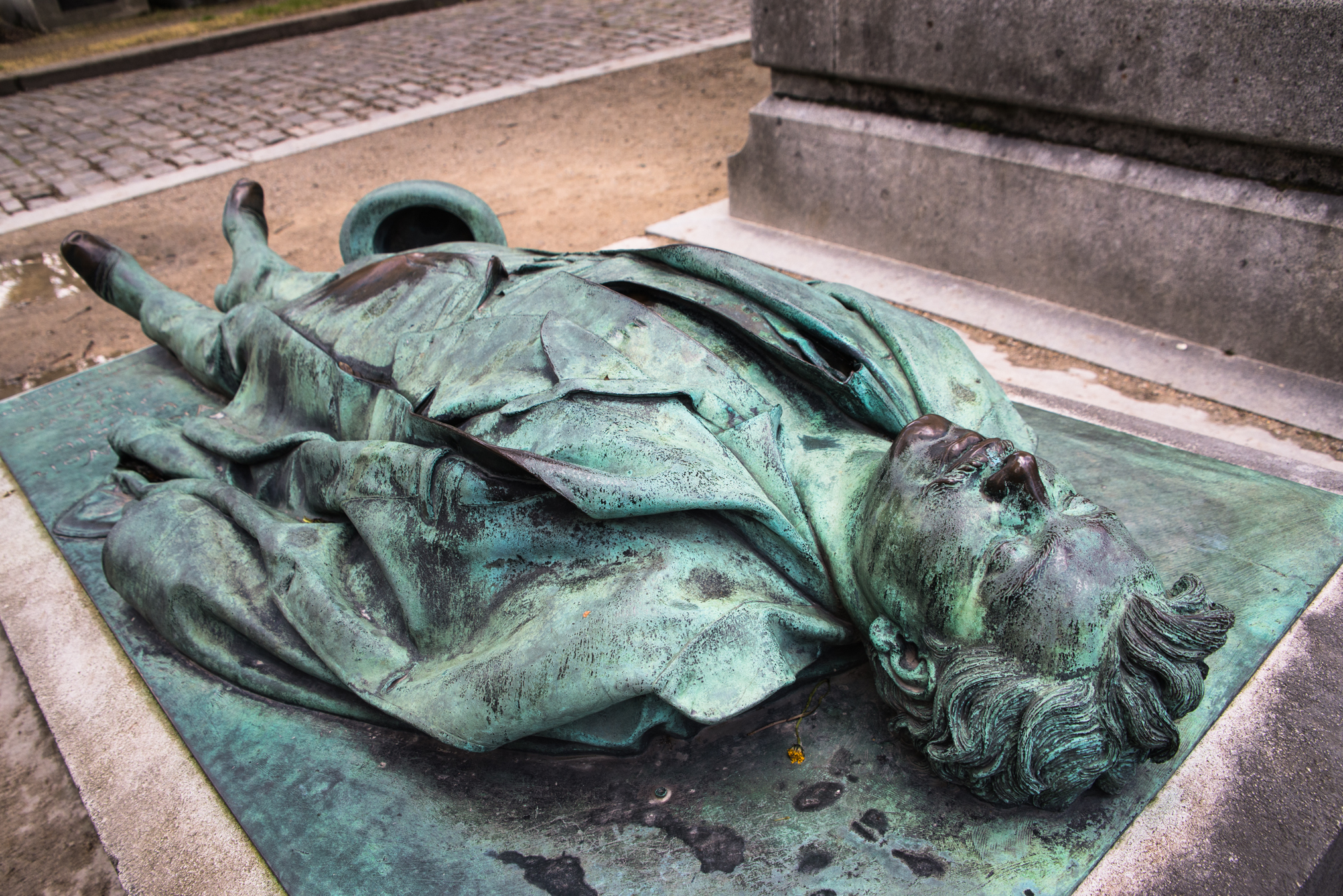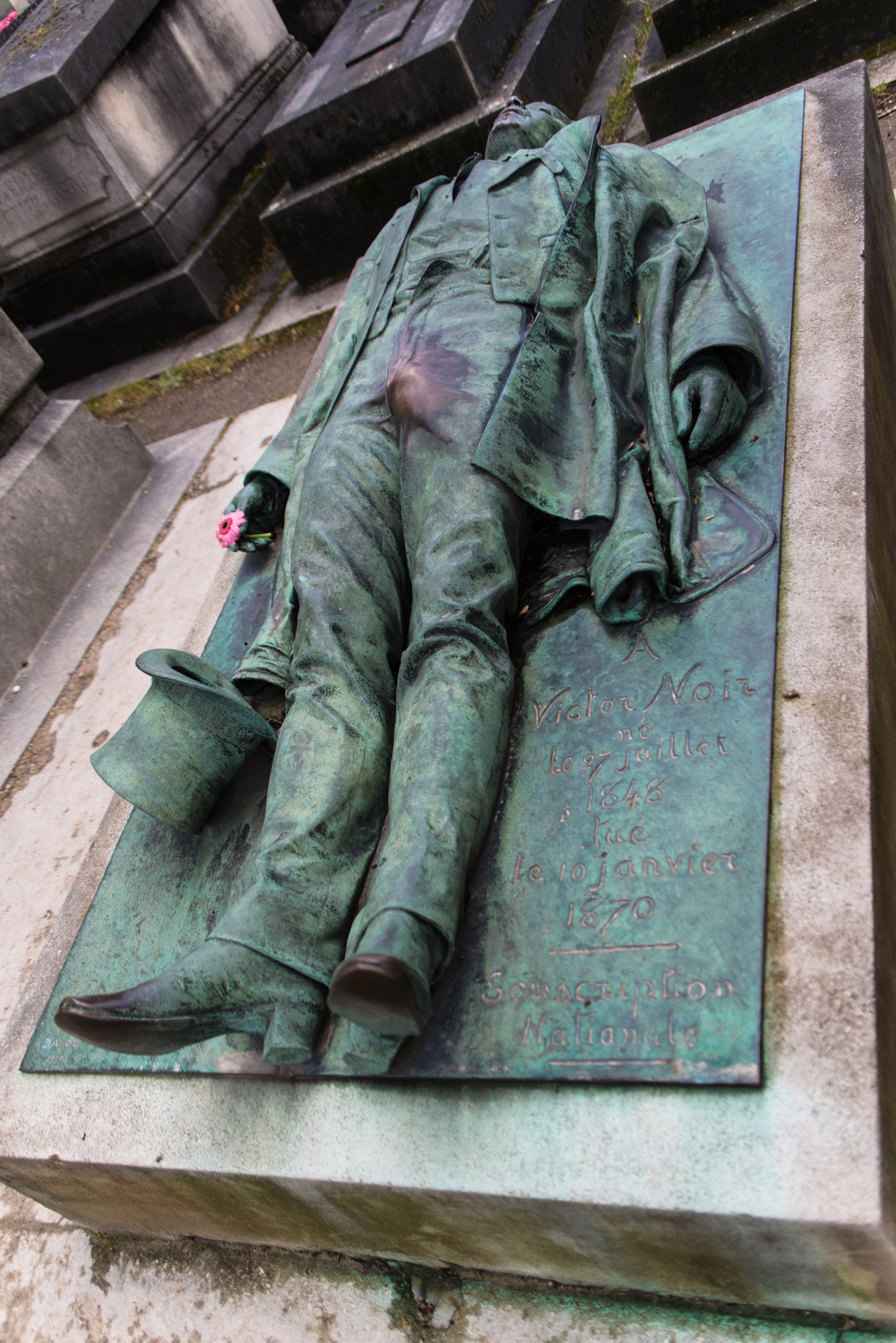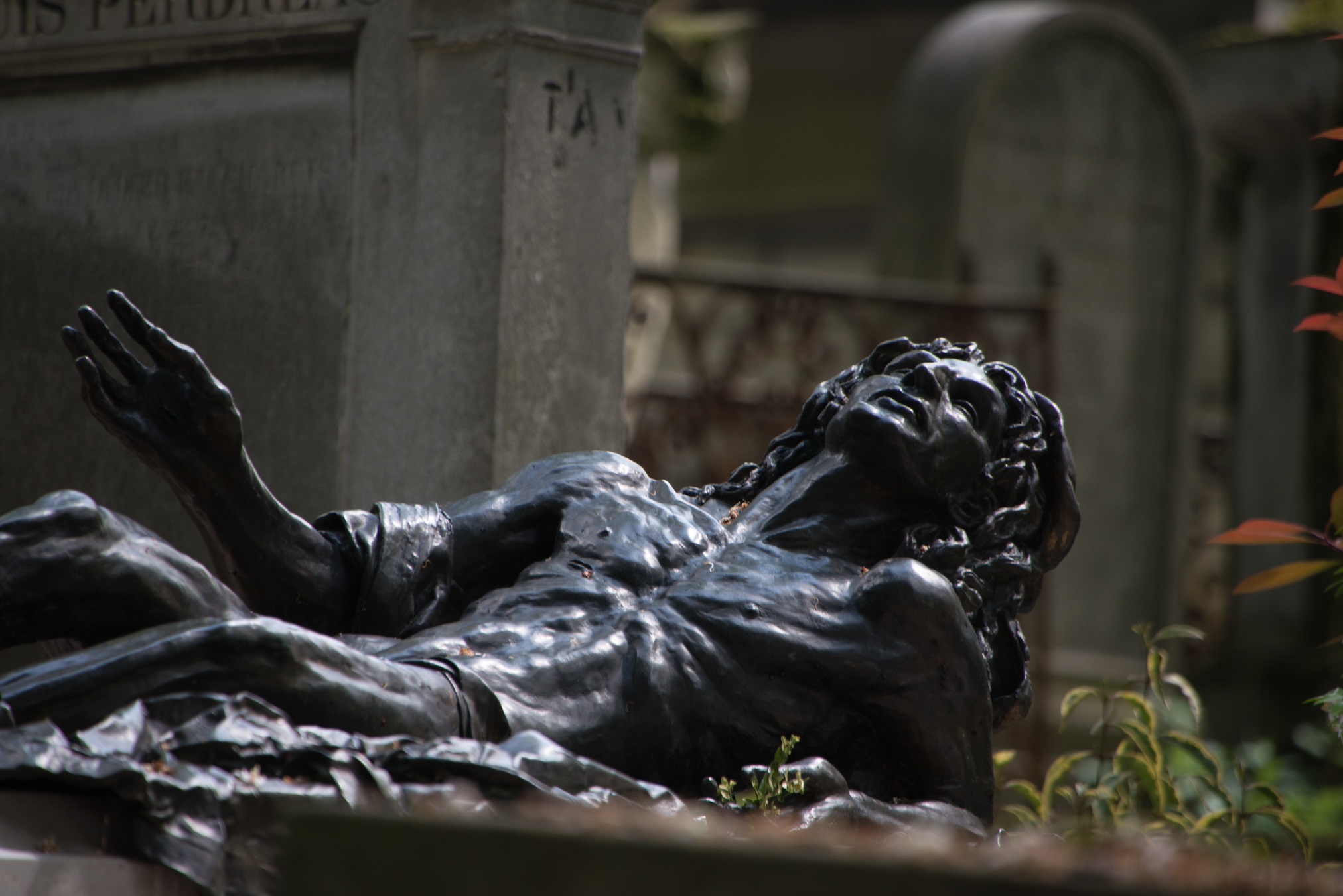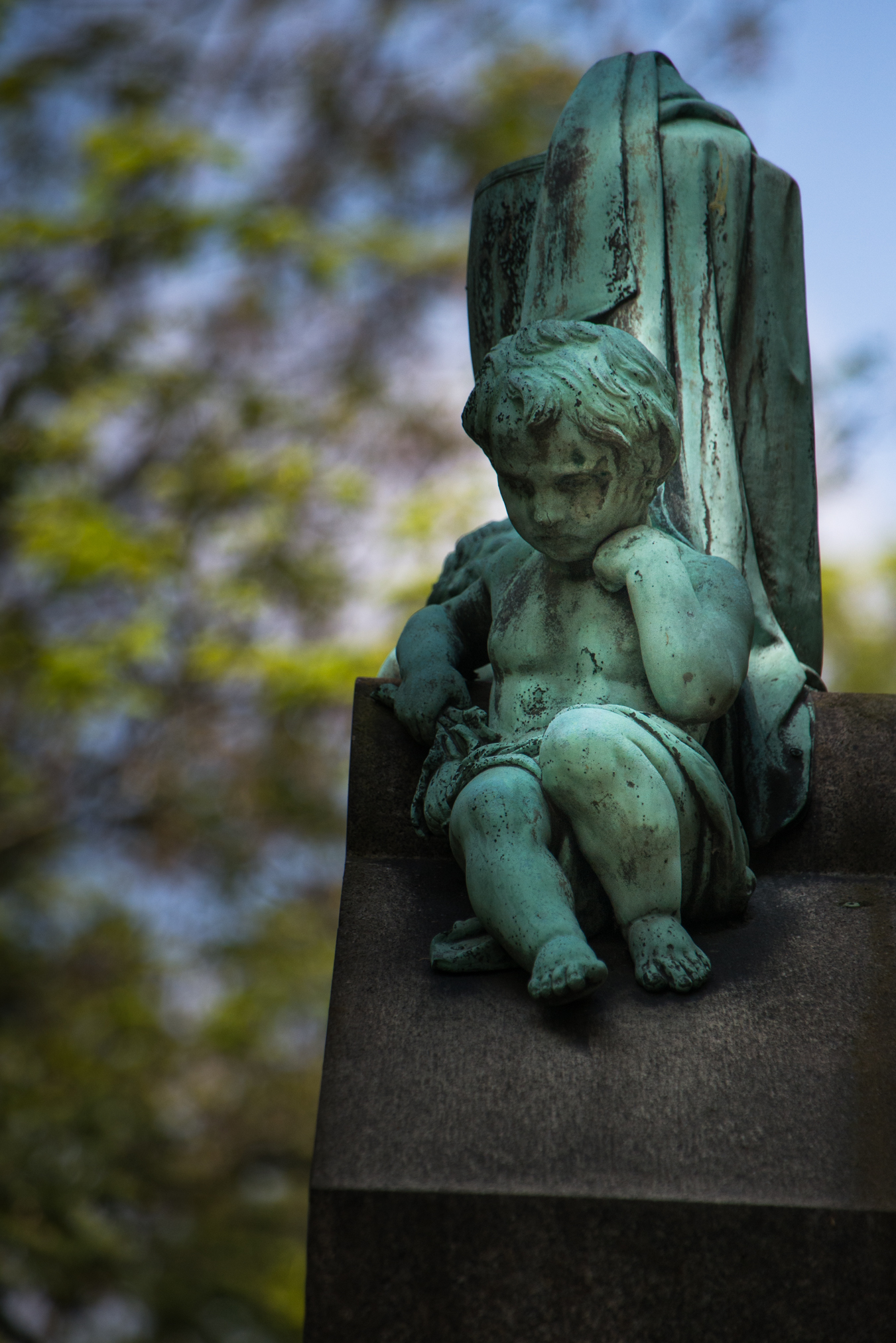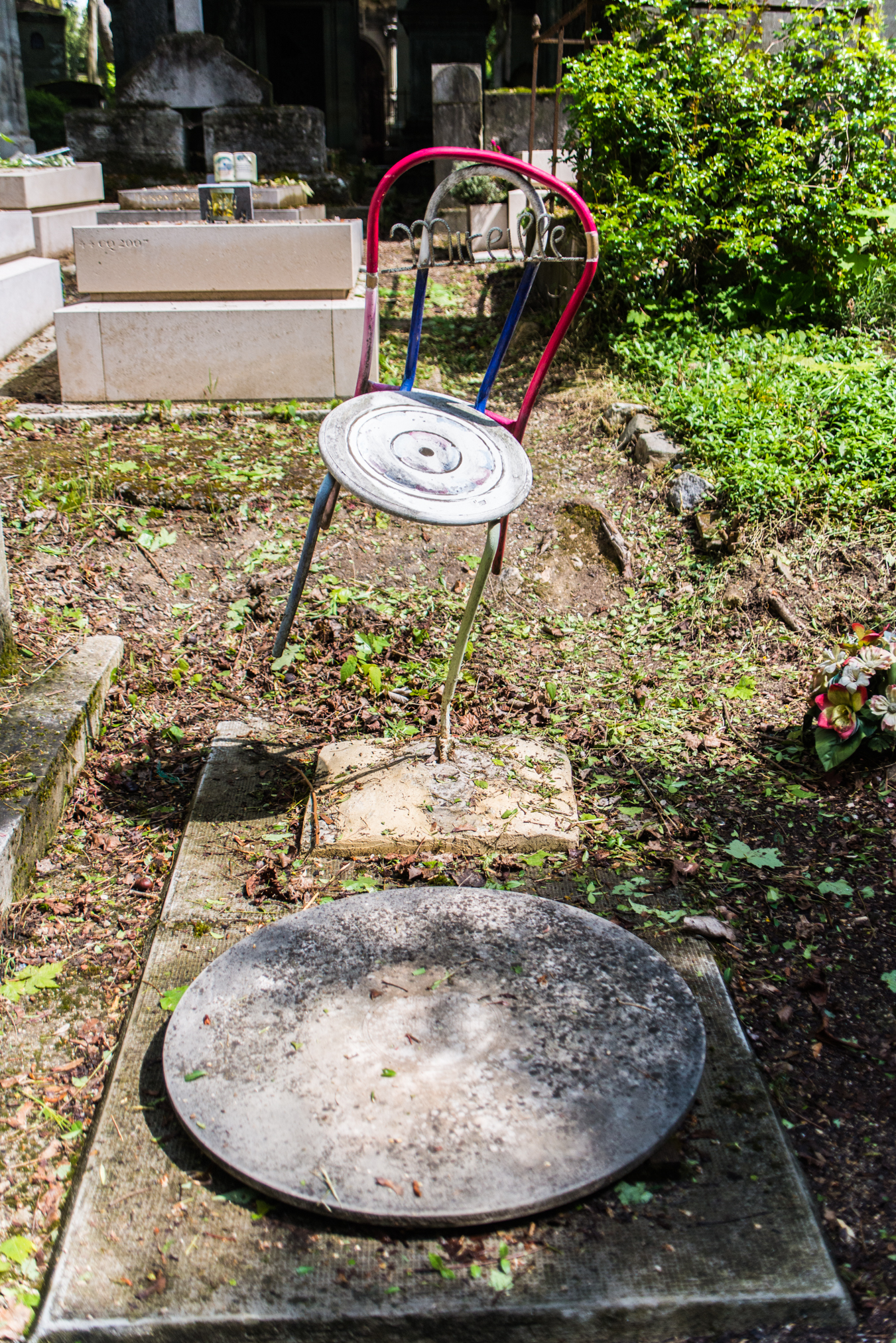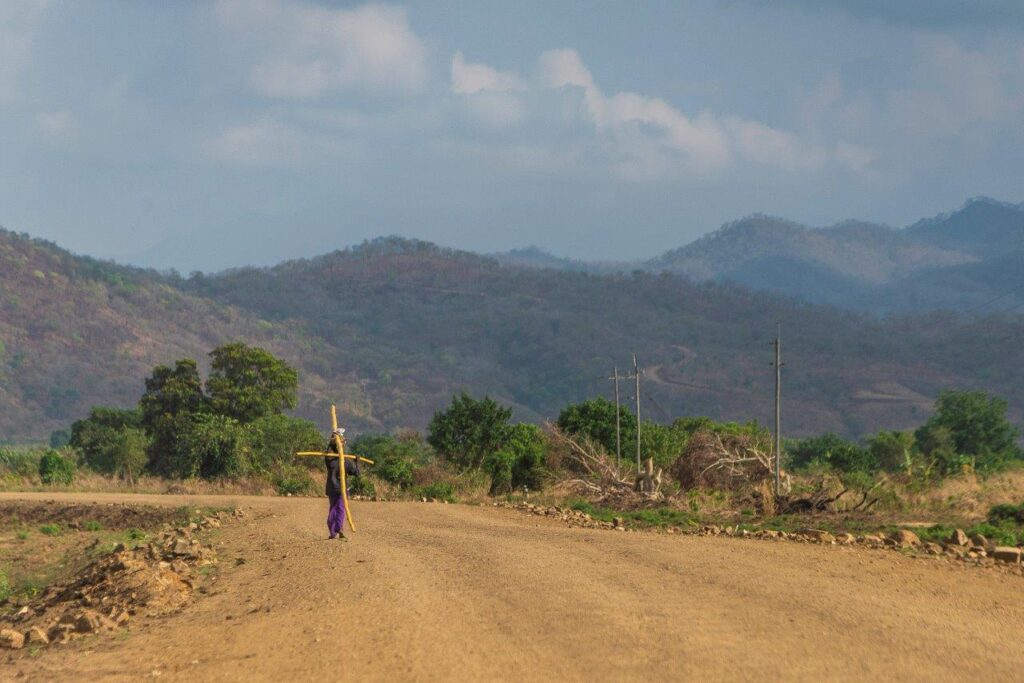
I started this website, wanderwarbler, in early 2017 not only to document my travels, but to contemplate and venture into terra incognita philosophically, by means of the books, the poems, the lores and legends of the places I visited. My research deepened my understanding of geography, biology, and of humanity as a whole, as art and abstraction always reveal the truth hidden underneath the banalities of travel schedules, or of daily life.
In the beginning I questioned the moral rightfulness of travelling in a world where travelling was a privilege reserved to a wealthy minority, yet equally a chance for the under-privileged to make a living in tourism-related jobs. I believed in respectful, openhearted and openminded travel, traveling beyond the pitfalls of mass tourism and neo-colonialism. The challenges and experience of travel no doubt made me a wiser, enlightened person. But would my tales and travels change this planet for the better?
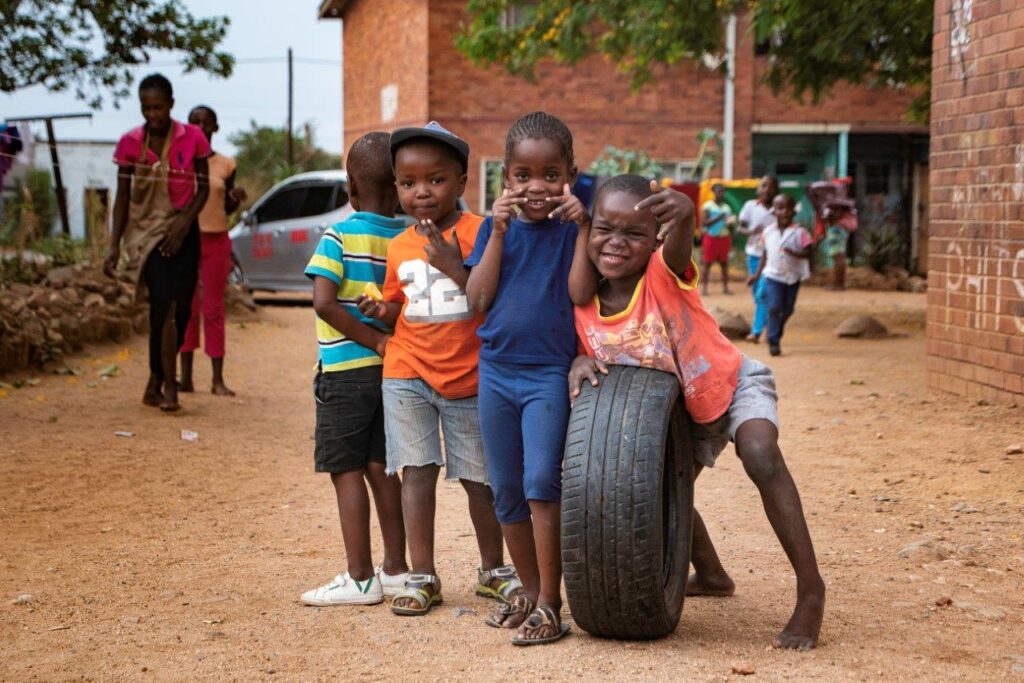
My hope was to build an argument for cultural diversity in a world ever more McDonaldized, H&M-ized, Hollywood-ized. Wanderwarbler could make a case against Club Med, but support the family-run Beds and Breakfast’s. In short: emphasize the difference between tourism and travel, which means to respect and to treat every place as somebody’s home, and not a entertainment park.
For five years I kept travelling, learning, researching, writing, but not exclusively for my readers. I kept writing to come to terms with what was hard to bear, or witness: social injustice, scars of wars, the irreversibility of death.
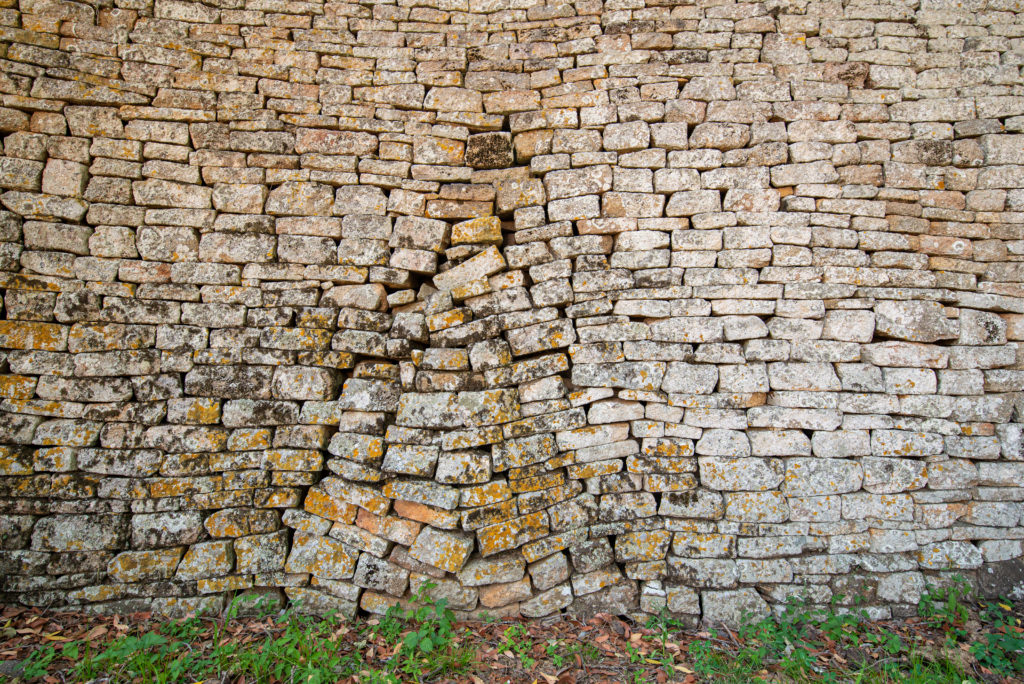
Obviously, I am not a war reporter. I shy away from war torn places, or countries in turmoil and civic unrest, and my destinations are those everyone could visit without fearing for their lives. Still, wherever I went, on or off the beaten path, I came across poverty and illiteracy, pollution and destruction, and screaming injustice. I held on to the thought that sharing my experiences could change the world for the better, at least on some homeopathic level. Five years later, the world has changed dramatically.
Five years – in terms of planet Earth are nothing, but in terms of social dynamics, a lot had changed. Demagogues – the Trumps, Orbans, and Bolsonaros of this world – scarred communities. Social media didn’t knit us into a tight fabric of humankind, but entangled us in alternative facts and half-truths, in the fake, misogynistic, beauty-filtered world of Instagram. The pandemic and climate collapse, and with it the rapid destruction of habitat and disappearance of wild life, and the commercial conquest of outer space, have widened the gap between rich and poor, between left and right, between those who will have the means to save themselves, and those who won’t.
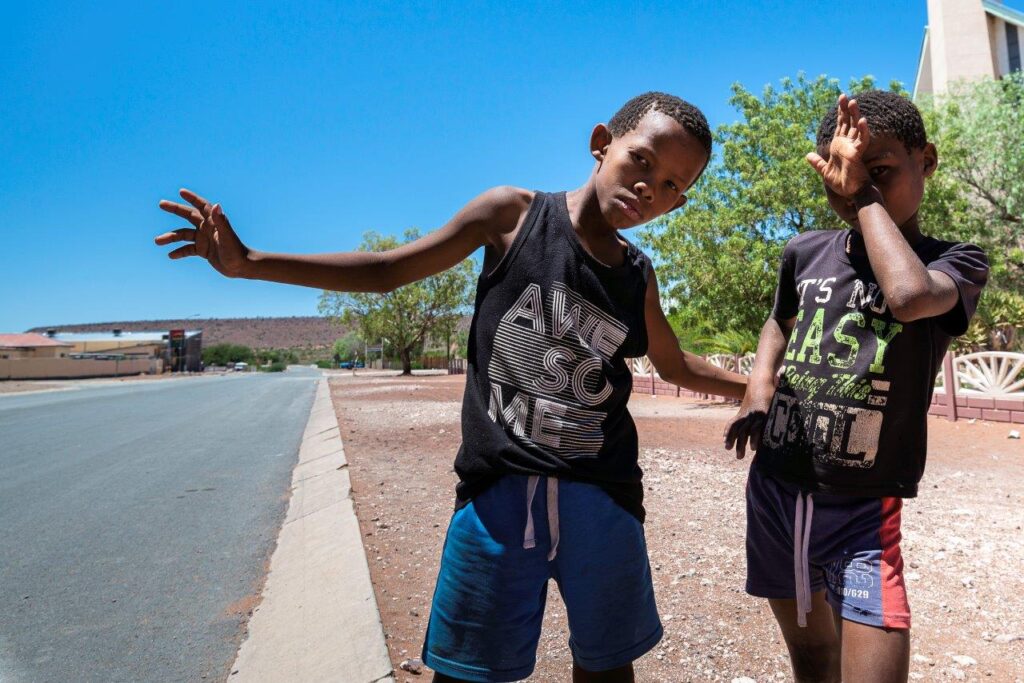
For the last two years, Corona travel restrictions have prevented me from travelling far. My trips nowadays are mostly restricted to neighbouring European countries, and to journeys into the past, again and again revisiting those moments that in their intensity, and sometimes in their perilousness changed my life. It’s the African episodes of my travels that keep springing to mind most prominently, like lessons for life.
I often remember Lovemore, whom I met in the streets of suburbian Johannesburg. A tall, lanky man in his early thirties, Lovemore worked as a 24/7 security guard in one on the richest neighbourhoods where the streets are lined with blue blooming jacarandas and the sweet air filled with bird song. He spent his days in his little hut outside an electrified wall, which blocks the view of the villa behind, the pool, the lush garden and the luxury limousines that park in the drive way. Lovemore himself lived in the notorious Vodaphone tower in the city center, a sky-rise that after the fall of apartheid had been taken over by squatters, lacking of electricity, running water, and garbage disposal: a stinking hell in the hands of armed gangs. But Lovemore smiled. On his phone with the cracked screen, he showed me photos of his children, his wife, his family. He talked about the brother- and sisterhood of all people. And how people are misguided, abused, by politics. I wouldn’t be like Lovemore, I thought then. In his shoes, I’d be Loveless. But Lovemore appeared happy. He seemed to live a fulfilled life. We are still friends on facebook and maybe, today, I believe, I love more.
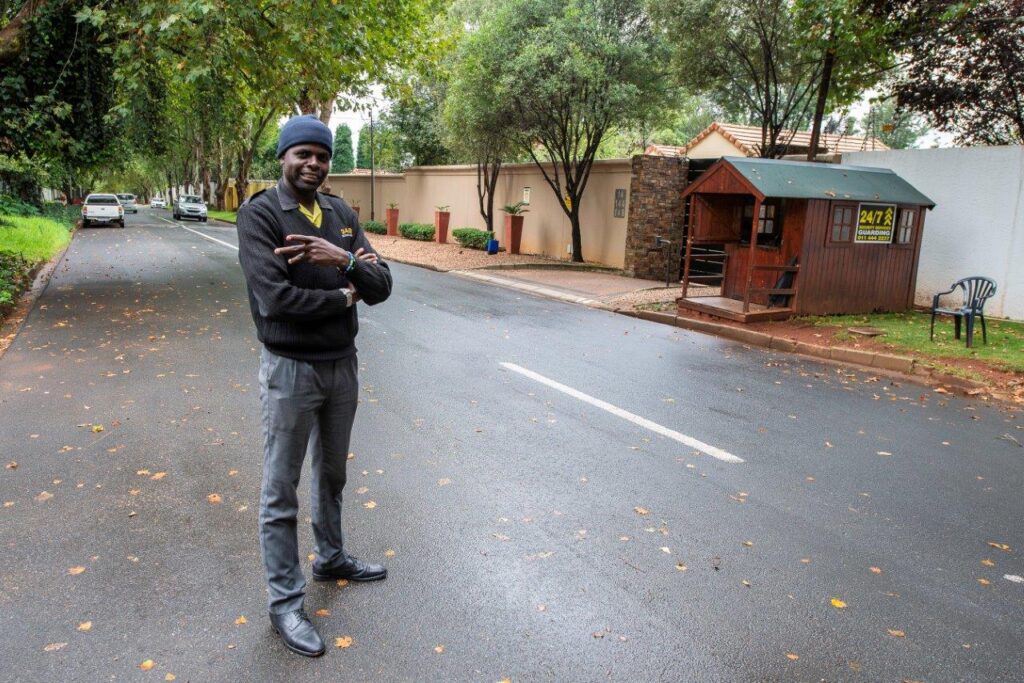
And I remember a journey through remote Tanzania, the Landrover staggering along the dusty red dirt road when we passed by a funeral procession. My driver, Salim, a Muslim, and my birding guide, Emanuel, a Christian, stopped the car, jumped out and ran to hug the grieving family, then shouldered the coffin and helped to carry it along. When they later got back to the car, I asked them whether they knew the deceased. “No,” they said. “That’s what you do. You pay respect.”
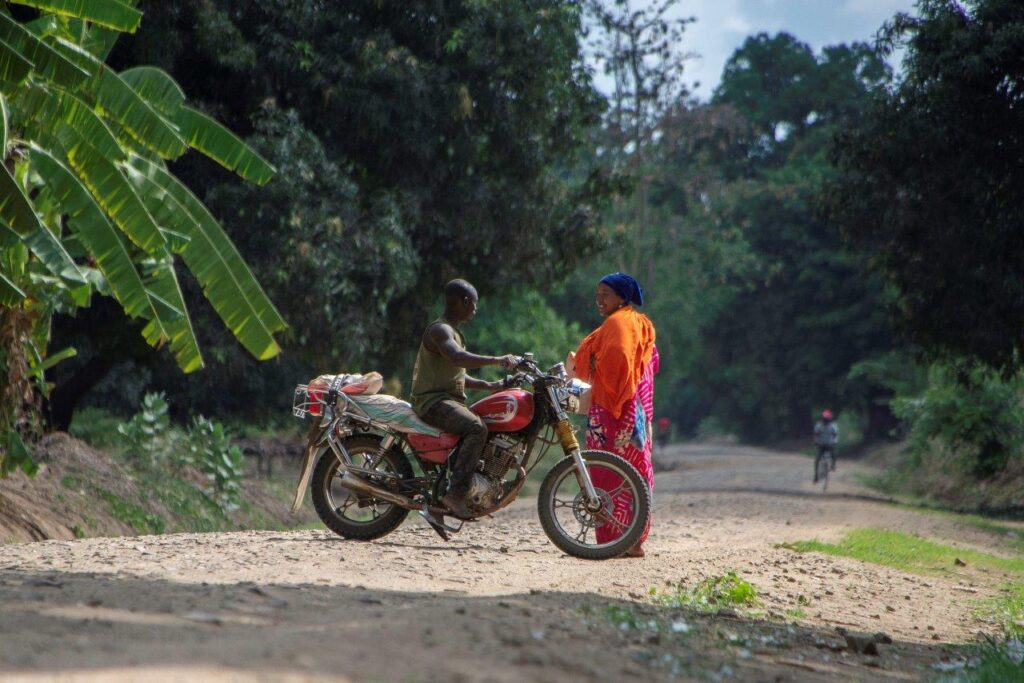
Of course it was those moments that exposed the transience of life that challenged me most in my morals and responsibilities as a human being.
I remember the night I got lost in the Kruger Nationalpark in South Africa. Shaking with fear from lions and buffaloes, I had to walk back to the camp after our car broke down in the middle of the savannah. The Milky Way sparkled above me, a tiara of zillions of brillilant stars in the black of the night, as my feet kept sinking deep into the lose sand, slipping with each step on fresh elephant dung. And I remember, years later, fearing for another creature’s life, when I got to observe three regal lionesses stalking an antelope in the bush of Botswana.
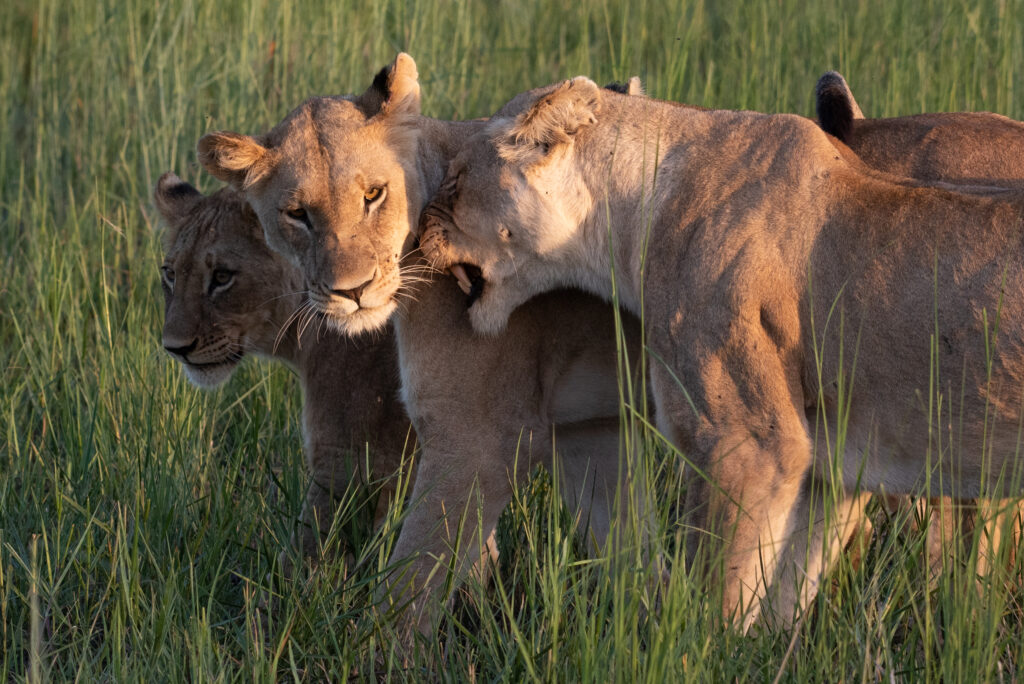
I was transformed when I reached the camp in the Kruger unscathed, and I was transformed when I watched the antelope look the lionesses in the eye with defiance. The lionesses abandoned the stalk and lazily lay down in the sun. Life, I learned in the wilderness, is a brittle little thing, and yet it’s only this brittleness that bestows value on it. Only when it seems to slip away, we want to hold on to our lives. Some with fear, some with defiance.
If we all realized that the world as we have known it – a planet filled with animals and birds, with trees and snow-capped mountains – is slipping away between our fingers like desert sand, and if we realize this means our lives, our memories, our values and even our possessions, all we’ve ever owned, will fade as well, will we love our planet, hang on to it like to our lives, fight for it, with fear or defiance?
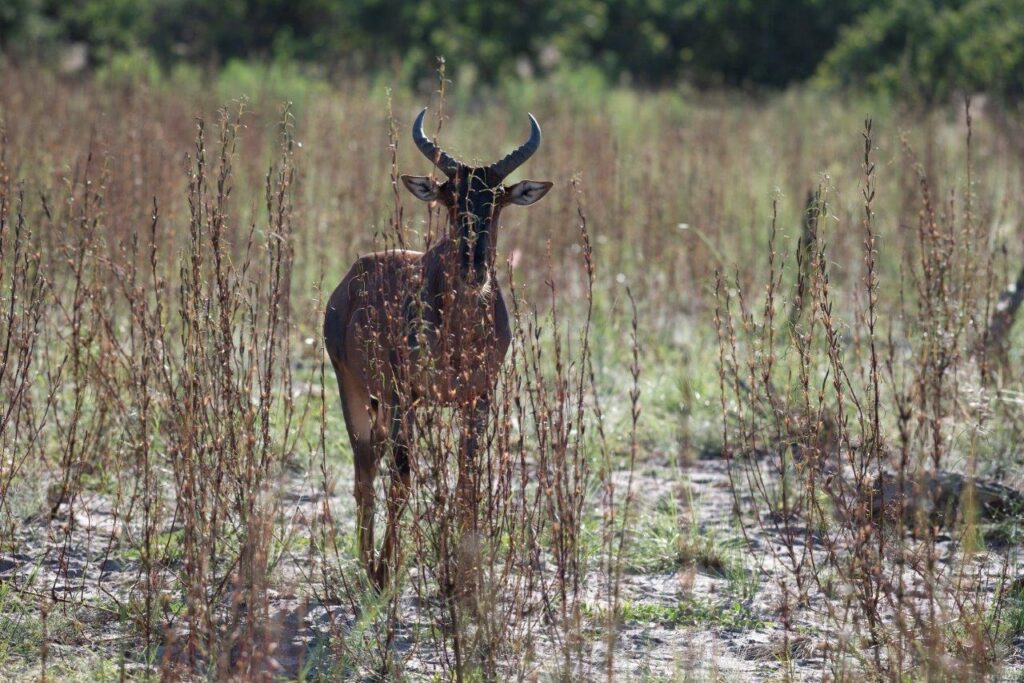
No matter where I travelled, I was never alone. There were always other beings around me, humans and non-humans, and I realized that we’re all sitting in the same boat, struggling through troubled water. We all belong to the same ecosystem: a system that’s changing for sure, as we do in a lifetime, and one that’s as brittle as our lives are, and as unique. It is after all the only eco-system in billions of years that brought about human life. Maybe, if I keep telling about the lionesses, whose families are as organized complicated as ours, about the elephants and wild dogs, who take care of each other with love and tenderness just as we do, or the birds, whose songbook exceeds the Bach-Werkeverzeichnis, will it be evident that we are all the same, but speaking in a different language.
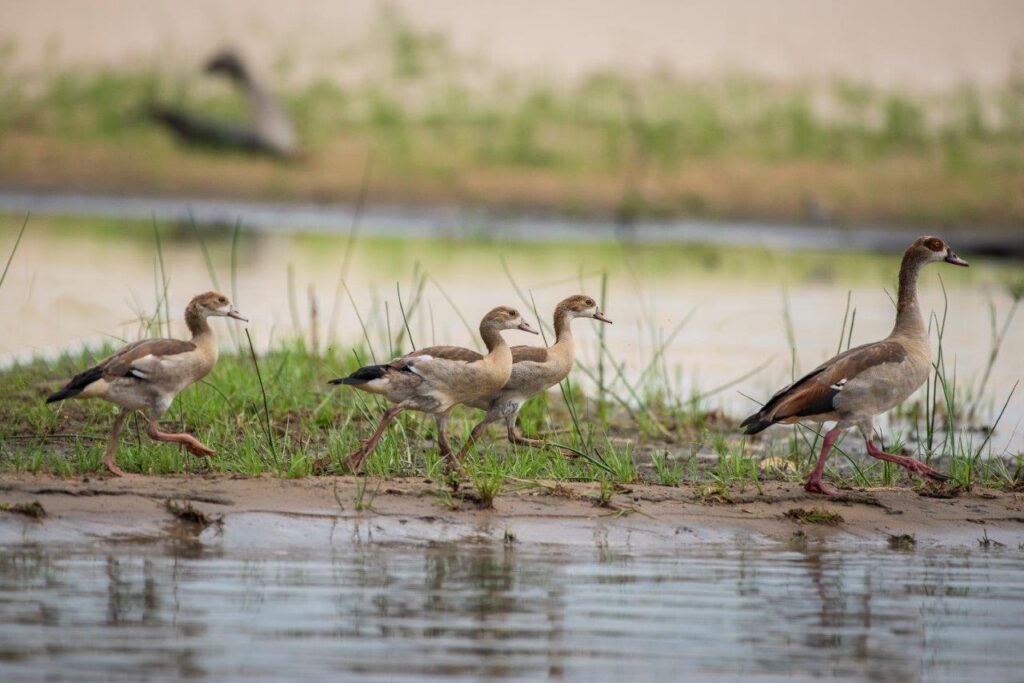
I had to travel to the other side of the world to realize that the life of dung beetle like Sysiphos forever rolling its ball is just as meaningful as mine. Travelling has taught me that I am just a tiny speck in this world, but that I am an important, essential part of it: That I am part of nature, part of humanity, part of every tribe in this world, part of every species. Everywhere is home.
